Eighteen Arm Padmajala and Khandaroha
These are the Lotus deities we would have to call special to Nepal. The first comes from a wave of various Lokeshvaras, and the other is a highly important retinue member for Guhyajnana, and this same retinue applies to Padmajala, and the two deities unite.
They use cycles of exercises beginning from the most basic. If Heart Sutra is a wide-spread "opener" in all (or many) Buddhist schools, it is Prajnaparamita's heart mantra, involving Avalokiteshvara. This name is, so to speak, the "first goddess", who is intended to change, since we do not rest at the simple fact of voidness, but blend it with meditative forms. It is only this combination which can reach the adepts' yoga or Nisprapancha. And so primarily, if not only, in Nepal, we find this portrayed as the direct assimilation of the older Brihadaranyaka and Hindu deities into Avalokiteshvara's grasp. If a Hindu yogi were to nitpick how Buddha's Enlightenment is different from Liberation, about all we can say is, he listened to the Tathagatas and performed Abhisambodhi with Tilottama, in order to become Complete Manifest Buddha. This is neither a withdrawal to "voidness only", nor is it a method of remaining in form saying "this is all", but again a middle way that employs both.
It starts this way because Amitabha is the Dhyani Buddha for the whole planet, at least until such a time it may be populated by Bodhisattvas. Amitabha does little but exist, while employing a Celestial Bodhisattva, Avalokiteshvara, to affect manifestation. In a person, the Lotus Family is somewhat inoperative without the practice of mantra, and attainment is along the lines of Vidyadharas, or, "special throat knowledge" that is not inherently part of a human. That is why they are an addition to the "Hundred Bardo deities", whose goddess is no longer Prajnaparamita, but Guhyajnana. The first is "perfection of wisdom", which can be started any time at any level, and the second is "secret or self-secret gnosis", which can only be revealed by the former.
Under a barrage of quite a large number of Lokeshvara types, it is easier for me, at least, to comprehend them when they can be shown as growth and relationships, because the deities are a stronger explanation of the same thing if it were just philosophies or descriptions of yoga techniques.
Avalokiteshvara can be found to place each Family into the Desire realm, or the West, in a regular order where Accomplishment means Union:
Lakshmi Eleven Face Lokeshvara: Vairocana is in the West.
Amoghapasha: Ekajata (Vajra)
Two Arm Red Nartesvara 30: Bhurini (Jewel). It is a nine deity mandala with a seated couple, where Pandara appears in Yaksa form:
When they embrace, she is called Pandara, even if this seems inaccurate in terms of "levels" as does Vajrapani with Mamaki. I think there is a reason for this.
A Two Arm Red solo Padmapani is called Rato Macchendranath, i. e. refers to Matsendrya Nath, and can be found with Guhyajnana.
Red Cintamani Lokeshvara has an all Lotus Retinue; Four Arm Guhyajnana and Jinasagara individually; we cannot be sure if this is Siddharajni version or if those have union. In this sense, they repeat Lotus in the West (Lotus Ekajata or a Lotus Guru or Khandaroha).
Union:
Sabara's Nartesvara and Vilasini: Ram Amoghasiddhi is in the West. He has the normal fire syllable associated with males and the blood symbol of red females. He is still Accomplishment Wisdom even if that is not the final note in the rite.
That union is completely explained. So in this case, it is easy to make a scale that shows Lotus Family placing each other family into their western abode or Sukhavati. Highest tantras are based in union, and here there are really only a few specific examples:
Two Arm White Lokeshvara--Red Guhyajnana in RG 50 or TD 132 Mitra secret accomplishment version (Karma Kagyu)
RG 154 Six Arm White Sukhavati Lokeshvara and Padma Tara (Pandita Purna Vajra)
Sukhavati is not found outside Nepal, but he is abundant there. Padma Tara is perhaps Two Armed with him:
The form does not match sadhana 154, but may be from Dharmakoṣasaṅgraha (Dharmakośasaṃgraha) of Amṛtānanda. Here, they are wearing garlands, which possibly is Sragdhara. Although Sukhavati is a little bigger, Padma Tara is still basic like the sadhana version. Here is an entire book of Sukhavati Traditions in Nepal.
Four Arm Red Lokeshvara, not in union, but accompanied by Tara and Bhrkuti is found in Kva Vahal at Pattan, is rare elsewhere and loses his specialness and is just Four Arm Lokeshvara. But we are able to find many similar ones in union.
Karma Kagyu lineage of Nirmanakaya Padmasambhava, Siddharajni, and Rechung is a Four Arm Red Jinasagara with Benargchen, Hayagriva, Padmasambhava, and Guhyajnana. One of the oldest relics is a 1500s Karma Kagyu Vajradhara, with this Jinasagara in the upper right:
Kagyu records Jamgon Kongtrul with that same configuration.
These are also considered symbolic, Jinasagara = (any) Ista Devata or Yidam, Bernagchen = Protector, Hayagriva = Wrathful, Padmasambhava = Lineage Guru, Guhyajnana = Dakini. And so in this version, Padmasambhava is replaced with Siddharajni:
Although appearing in the painting as a vertical hierarchy the five deity figures are understood to be present on a horizontal flat plane with only the Machig [Siddharajni] figure placed in the sky directly above the head of Jinasagara. This is very abstract because Marpa is at the top, and he does not have the oldest Siddharajni lineage, so the painting expresses putting the two together. I believe it is accurate to say Rechung is the "funnel" in that sense.
The main source of Red Jinasagara in Union appears to be Mindroling, but this is an even older 1400s Karma Kagyu where he has a consort (oldest known representation):
It is smudgy, but, the main quarters deities are all Red, the whole thing is mostly yellow and red and has some yellow dakinis with red heads. The solo Five Deity configuration is in the upper right.
The Mindroling or Minling de kun is terma which apparently uses a Four Arm White Guhyajnana Dakini:
Its stand-alone deities are just Hayagriva and the normal Red Guhyajnana. In the sense it was popularized in the 17th century, after that, we can find examples of this couple in all of the schools. We can find a modern outline where they have Four Dakinis we would expect. In the Sarma version of it, he is standing and she is flying on him. And there is also a similar or Sarma nine deity mandala (Mahakaruna Jinasagara). In Mitra's version, they are standing. So the older or Siddharajni versions sit, newer or Mitra versions stand.
What is odd is that I cannot suss out a single sadhana which places them in union other than Mitra's White and Red. Almost all the art shows Four Arm Red on Red and we can easily find they are supposed to be close, but we cannot find "them". If I remember rightly, Vilasini is not an independent meditation, it is mainly a projection onto a real consort. Then at other times perhaps you could use the related meditation, but I am not sure you would use it unless you were engaging that process. Vilasini is supposed to have famous artwork that is explicit about penetration. None of the three Padmanartesvara sadhanas have any union, and neither does any Jinasagara.
In a Rime'-era Nyingma view, there are two Amitabhas. Beside the top one is Siddharajni, and she is above Padmasambhava. On his tier are two alternate Jinasagaras: in the first one, the consort has a drum, and in the second, they have two arms. The bottom is Lha Chenpo or Protector of Lotus tantra. They have also politely called the other couples Herukas, which is accurate because they have Two Arms and they are not really wrathful or drinking blood:
This Rime'-era Karma Kagyu has the nine deity configuration. It is mostly standard; the corner goddesses are not Dakinis, but Taras or Prajnas. Their items are mostly appropriate, until we look at the Pink Lotus Tara, who holds a Vase:
RG 152 is Eleven Face Thirty-two Arm White Amoghapasha, made of Hindu deities, who splits into Vishvesvara and Pandaravasini. His heart mantra refers to Pashupati and Padma Kula Samaya. Pandara is "similar in aspect", so White. She says:
Om Padme Pandaravasini Kunda Kunda Svaha
Kunda is a synonym for Padma, Kamala, Nilotpala, particularly with respect to Kashmir. It could also be jasmine, or a fire pit, but most likely is simply lotus here.
Padma Tara, white with a reddish luster, is with the next Eleven Face Lokeshvara 153. Eight Fears Lokeshvara151 uses Mani Tara, these are all from Pandita Purna Vajra, preceded by his version of Bodhisattvas, followed by the same of White Six Arm Sukhavati Lokeshvara and Red Two Arm Sukhavati Lokeshvara. So in that group, you find one Om Mani Tare Hum, followed by a set of Om Padme Tare Hum. Because Purna Vajra contributed Bodhisattvas and Sukhavati Lokeshvara, he must be a main reference for the special Avalokiteshvara of Nepal.
Besides Bhrkuti, in Sadhanamala, the only basic Tara that mentions Amitabha is Sragdhara 109, which means "wearing a garland". This originally was thirty-seven verses in Sragdhara meter, and is still used for Tara's grace before Vajrakilaya or Mahakala, for instance. It comes from Kashmir, ca. 8th century. The parts are backwards in romanized Sanskrit here by one of the only people who works on this stuff. As a song, it seems to say nothing to her form. Aside from possibly her, in Sadhanamala, there are no Amitabha Green Taras, his female emanations are only Kurukulla, Bhrkuti, and Sitavati (who turns green when she moves)..
What it does say is that Eight Arm Padmanartesvara is doing tandava, which is something I have been inducted into, by Hindus, of the sort who are oriented towards bliss. Charchika also does it, Varahi 226 (Armor Deities including Charchika) and 227 (Vairocaniye). They told me it was forbidden for girls to do it. This one's breaking out of hell so we don't disturb her. When she does, as we see on Seven Syllable deity, she is Lasya.
If we go back before Three Families of Kriya, Amitabha is the first Dhyani. In Nepal, his Red Lokeshvara form emanates Hindu Deities, and Pashupati. He uses Tandava to attract Hindu deities. One difference is Guhyajnana; you may meet her and go through the process, or, get so far in the process and be forced to meet Guhyajnana or it quits working. This is how we get to tantric Lakshmi who was Buddha's consort.
At Machhandar (Matsyendranath) Vahal, Kathmandu, are 108 forms of Lokeshvara, including Eight Arm Mahavajrasattva. You can get a newly-made gold plated one for $1,100, but he is also mentioned for instance in Pratima Kosha, who also gives us this mention of possibly the rarest Tara we found in a Calcutta manuscript:
Mahamaya Vijayavahini
The goddess of victory in war in Mahayana
pantheon. She is regarded as the expansive ver¬
sion of Tara, with a thousand heads
and hands; she is described as
the beloved (priya) of Padma-pani Avalokitesvara.
She is Peaceful Green Day and Wrathful White Night Taras in universal form (1,000 Arms).
In the case of her Heruka form in RG 60 and seen in the Mongolian prints, Two Arm White Lokeshvara spawns both Taras in his heart, and so in this case, Green Tara is crowned by Amitabha. She arises from Tam, but this Wrathful White Tara arises from Hum. White says "Hara twice", but this green one has the ordinary Tara mantra. So precisely here is the same simple Green Tara who is an Amoghasiddhi goddess in any other sadhana that can be found. The white one is perhaps similar to Parasol who also has 1,000 Arm form. This white Tara "looks like she should be" an Akshobya deity holding a vajra and wearing a green snake necklace. Tibetan Deities adds that Green Tara gets the Twenty-one Tara praise, and White Tara is a separate meditation done at night. There is no lineage given for this, although it comes between Sakya Pandita and Saraha, in the overall basket of Arya Tara from all schools. In Tibetan, Nyin Zhi (Day Peace) Mtshan Khro (Night Wrath). Although this Tara would normally look Tibetan and unsourced, the Calcutta manuscript is a Sanskrit original.
The 108 Lokeshvaras were given in Indian Buddhist Iconography, who describes Mahavajrasattva as sitting in the Vajraparyanka attitude on a lotus. His four right hands exhibit the sword, the rosary, the Cakra and the Abhaya pose, while his four left hold the noose, the Tridandi, the conch and the bowl of gems on his lap. The 108 include Sristhikantha and most of the Bodhisattvas, so this is a very close map of all the old Hindu understandings being mostly valid at their basis, using Buddhist method as the Path.
Not every deity has a "Maha" name; there is for example, Maha Vajragandhari, and all of the Pancha Raksha can do it. As much as Karuna is the "male half" of Vajrasattva, an expanded or Maha Vajrasattva is non-different from Avalokiteshvara. Victory Tara, an expanded or universal form of Green-White Day-Night Tara, is Padmapani's consort. Even in Pratima Kosha, the "only" Maha Lakshmi is Kolhapur, all others are "just" Lakshmi, and this one is the same explanation as in Lakshmi Tantra. She has a serpent, lingam, and yoni on her head. Kolhapur is the general area of the very arcane Dnyaneshwari. In Buddhism, Mahalakshmi is green.
Victory Tara is also Mahamaya, Lakshmi's name as Tamas of Tamas, or again Nidra or Deep Sleep, the blackest of the black, the subtlest veil which Yoga aims to penetrate. Mahamaya also becomes male to unite with Sarva Buddha Dakini. Despite her colors and attributes, Mahamaya Vijayavahini is in Lotus Family. It is entirely possible that the 1,000 Arm form is a presence resulting from success in Mahamaya tantra.
Although the names are often used interchangeably, white lotus or pundarika is an attribute of Buddha Sikhin, yellow is padma, red or pink is kamala, blue is utpala night lotus. Lotus generally is garbha, womb, or female. So the complement of Karuna Garbha mandala is Vajradhatu mandala; c. f. Indian Buddhism: A Survey with Bibliographical Notes, since vajra is male.
This is why I think it is meaningful for Nartesvara--Padmapani and Vajrapani to have Prajnas, Padma Tara or Pandara, and Mamaki, for consorts. Union is vajra in lotus. A male bodhisattva eventually just means the mind of the meditator and the female is his experience, so, much as Guhyasamaja seems to have an opening "knock" on Purified Earth, these branch to other elements. Khandaroha can hardly be seen as non-Pandara, but she is called Mamaki. In essence this goddess requires Karuna Garbha and Vajradhatu; she is both preliminary and central to it, and the sole trigger of Completion.
Karuna Garbha starts in Vairocana Abhisambodhi. We are not yet experts but we have considered its use for:
Tri-samadhi: One's own or any deity. Currently, it is what one can make from Om Ah Hum in terms of Body, Speech, and Mind, where Om--Body (Maha Karuna Garbhodbava or MKG in Vairocana Abhisambodhi, or Buddha in Sarvadurgati) becomes Nirmana Chakra. The chakra becomes earth plane emanation of whatever sort, and in this sense, is governed by Ratnasambhava. Milarepa says, the center of Chakrasamvara.
Fire Chakra is throat, so if we go towards Speech Mandala and Bliss, this is bringing solar plexus prana to the throat and inner heat from the body to the solar plexus. That is Yoga and beyond that there are just union practices or advanced ones. Kurukulla hardly if ever has union, but has the most detailed practices, which depend on or derive from a steady infusion of all these preliminaries achieving results. All want her, few will find her.
Sunyata karuna garbham, or, void is the womb of compassion.
This is among the best-preserved and most mysterious Taras in the world:
She is under Amitabha with Vajrapani and Padmapani, and flanked by White Tara (Karuna) and Bhrkuti (Prajna) who has a stupa in her hair. The males are also Mahavairocana's attendants in MKG--Abhisambodhi, and in Nepal, are with Sukhavati Amitabha; the females are Lokeshvara's attendants in his quarter in the Oriental MKG. Buddhism uses slesha or double meaning, and so Amitabha can be seen as being explained by Mahavairocana of Abhisambodhi and Sarvadurgati. Tara is a female hypostasis of Avalokiteshvara due to sharing attendants, Sita and Bhrkuti.
The problem is Tara holds an atripya or custard apple, which is a foreign object in all Buddhist iconography, and her gesture is unique. Or, the curators think it is, but look at the grainy black and white Padma Tara at the top of the post.
The fruit is not a medicine, it is a dessert. So this is not any known Tara (attributed to Kumaradeva). Circle of Bliss wants to call her Shyama, or green, without saying why. It seems unlikely to be green, who is usually designated as sixteen and trim, while White Tara is adult with voluptuous breasts.
Sarvadurgati uses a similar process to Red Lokeshvara, emanating Hindu deities.
Because Avalokiteshvara is Sutra-based, these stories do not describe forms, like Twenty-one Taras and many others, there is rarely more than a name.
Bhrkuti becomes green only when moving to the center of Amoghapasha mandala.
It is not clear if Khasarpana's deities including Green Tara are Lotus deities; in one sadhana, she has the perhaps unique color kanakaśyāmavarṇā, or gold-green. Khasarpana 15 also specifically refers to Vairocana Abhisambodhi Tantra. At the end of its Offering goddesses, it also mentions Vajra Hare. It also uses Pratisara's protection mantra. In 16, Tara is replaced with Arya Vasudhara.
In 24, he hooks Marici in some way:
aṅkuśākārair marīcivisarair
In 26, he is an Amitabha deity, and would seem to have replaced Akshobya in the center, except Amitabha is in the west.
The seeds in a typical Khasarpana retinue are Tam, Sum, Bhrim, Hum. Tam for Tara, Su is Bliss syllable, Bhrim is Jupiterian and likely older or more fundamental with Bhrkuti than with Cintamani Tara, and then Hum Hayagriva. Combining Bhrim and Hum makes Usnisa syllable, Bhrum. I am not sure if Sudhana Kumara should represent Mars, who is Kumara generally.
Lotus deities change colors mainly between red and white, and have an interface to the more white Vairocana deities. Abhisambodhi and Sarvadurgati appear to be fundamental in order to attempt much use of Lotus energy. In themselves, they are not quite final or complete. The addition of Speech and Bliss is to obtain Guhya Jnana, who then is a force or reality that occupies the entire Path.
- Home
- Forum
- Chat
- Donate
- What's New?
-
Site Links

-
Avalon Library

-
External Sites

- Solari Report | Catherine Austin Fitts
- The Wall Will Fall | Vanessa Beeley
- Unsafe Space | Keri Smith
- Giza Death Star | Joseph P. Farrell
- The Last American Vagabond
- Caitlin Johnstone
- John Pilger
- Voltaire Network
- Suspicious Observers
- Peak Prosperity | Chris Martenson
- Dark Journalist
- The Black Vault
- Global Research | Michael Chossudovsky
- Corbett Report
- Infowars
- Natural News
- Ice Age Farmer
- Dr. Joseph Mercola
- Childrens Health Defense
- Geoengineering Watch | Dane Wigington
- Truthstream Media
- Unlimited Hangout | Whitney Webb
- Wikileaks index
- Vaccine Impact
- Eva Bartlett (In Gaza blog)
- Scott Ritter
- Redacted (Natalie & Clayton Morris)
- Judging Freedom (Andrew Napolitano)
- Alexander Mercouris
- The Duran
- Simplicius The Thinker





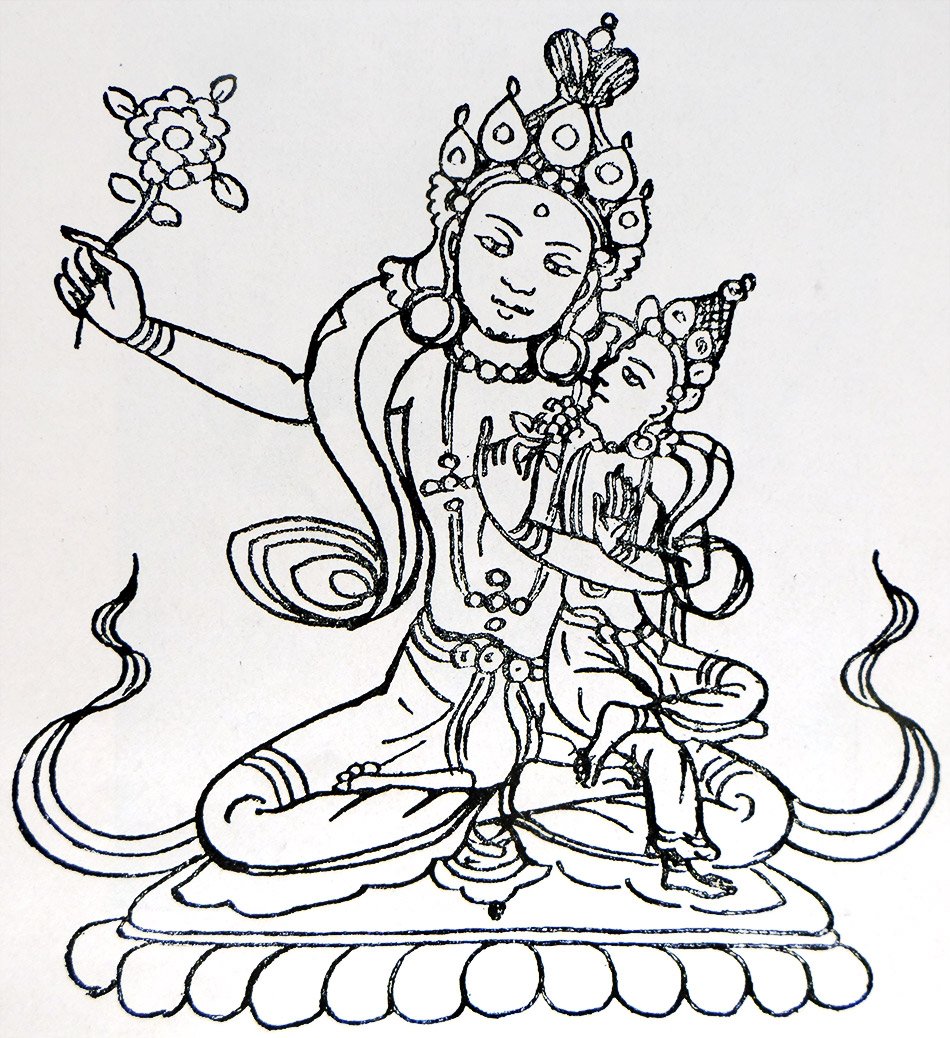
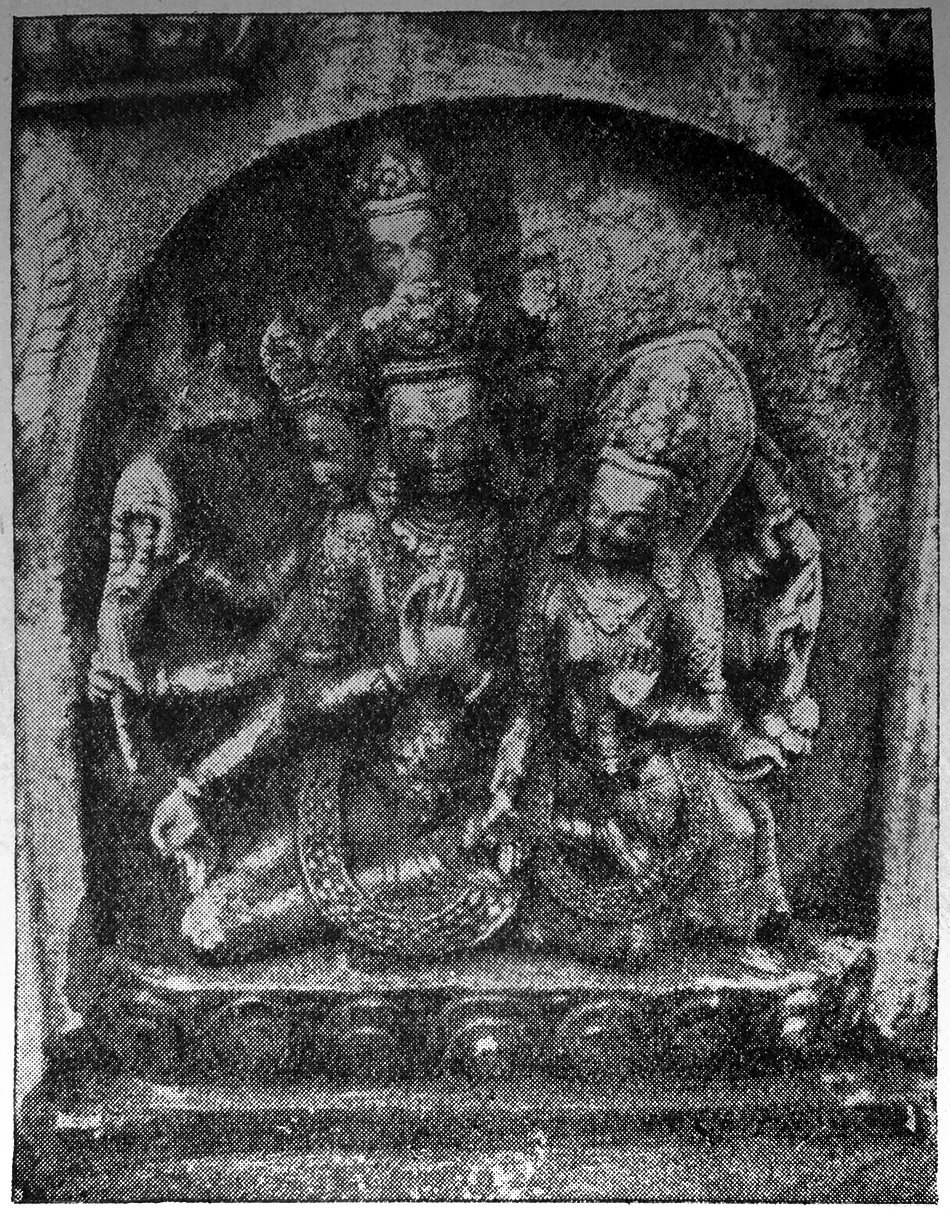


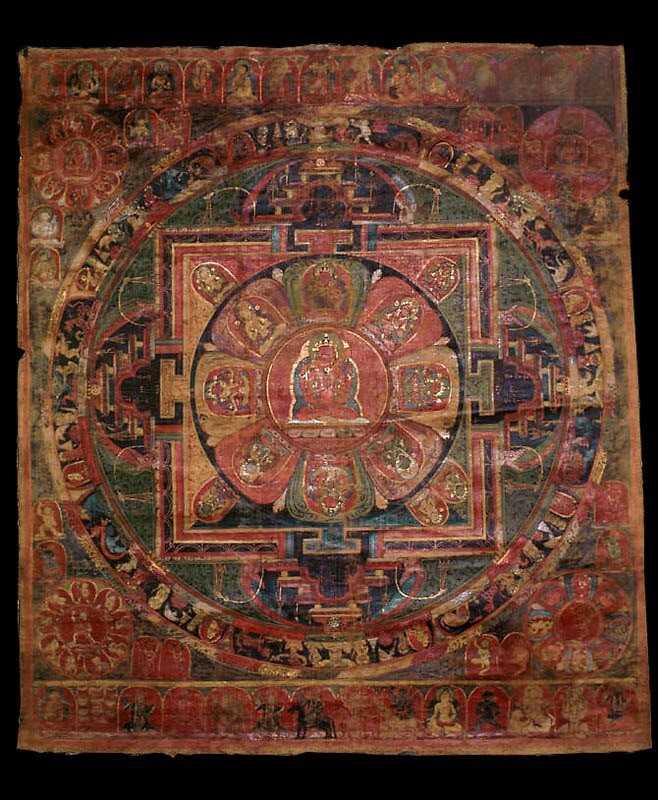
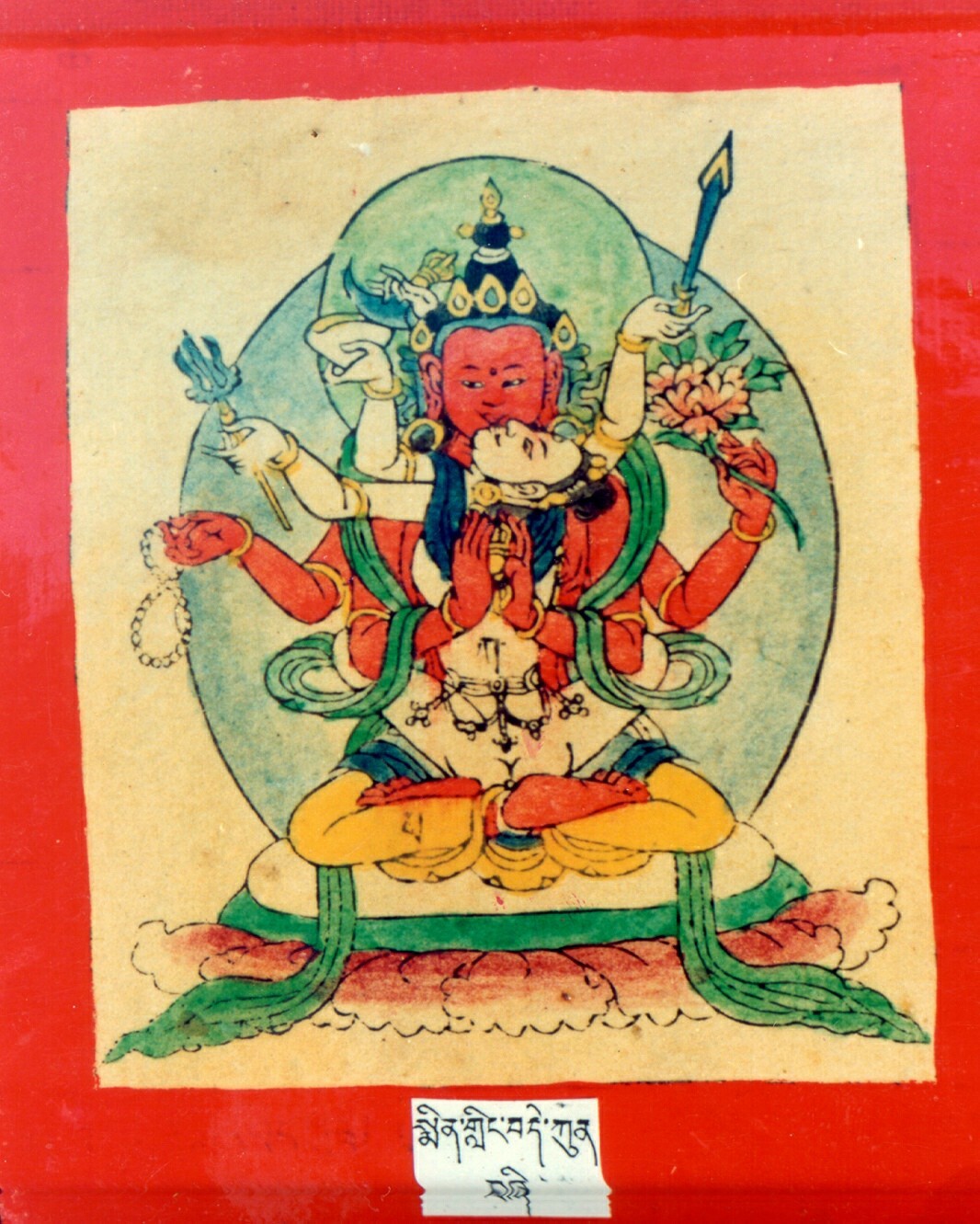
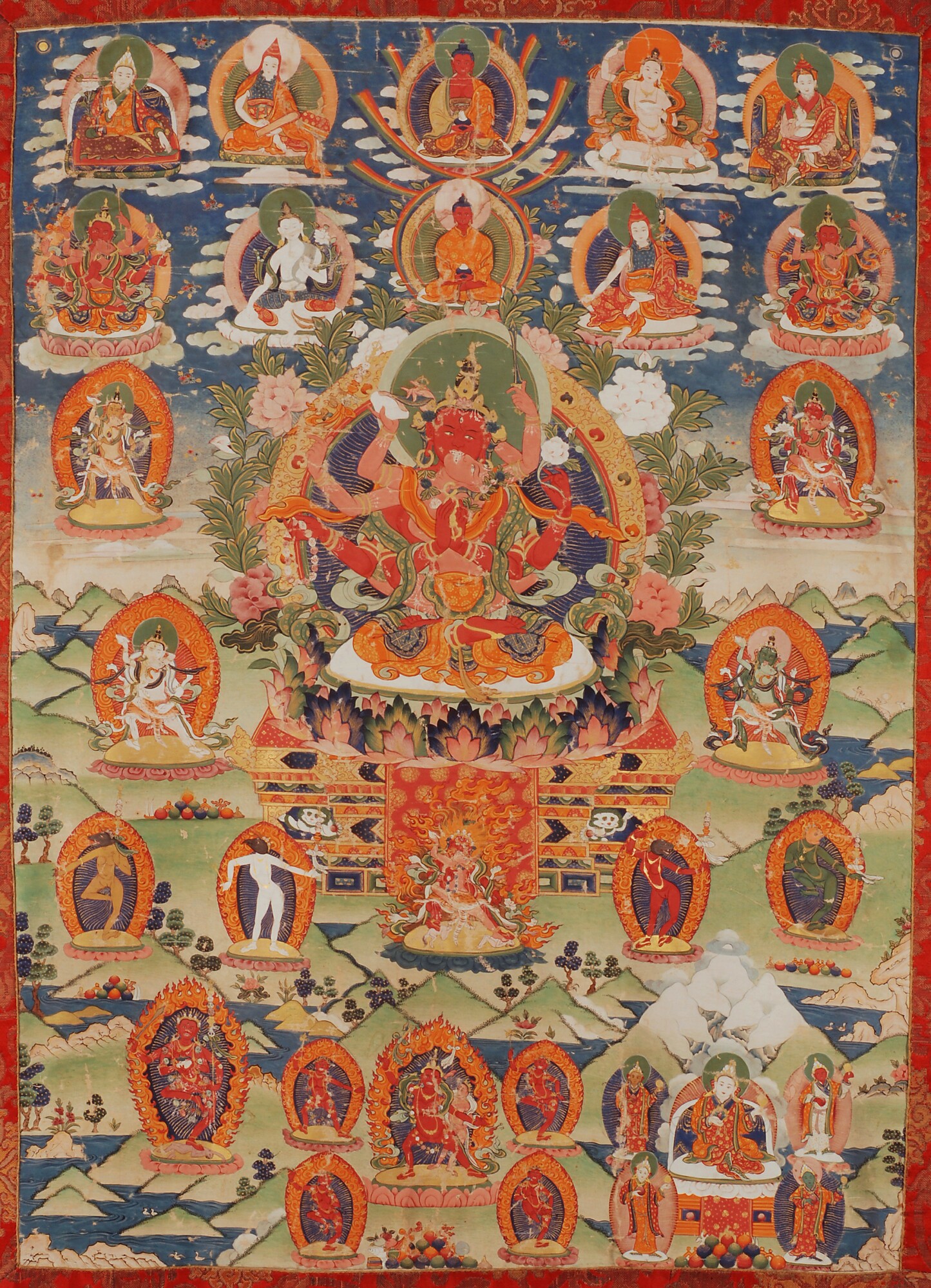
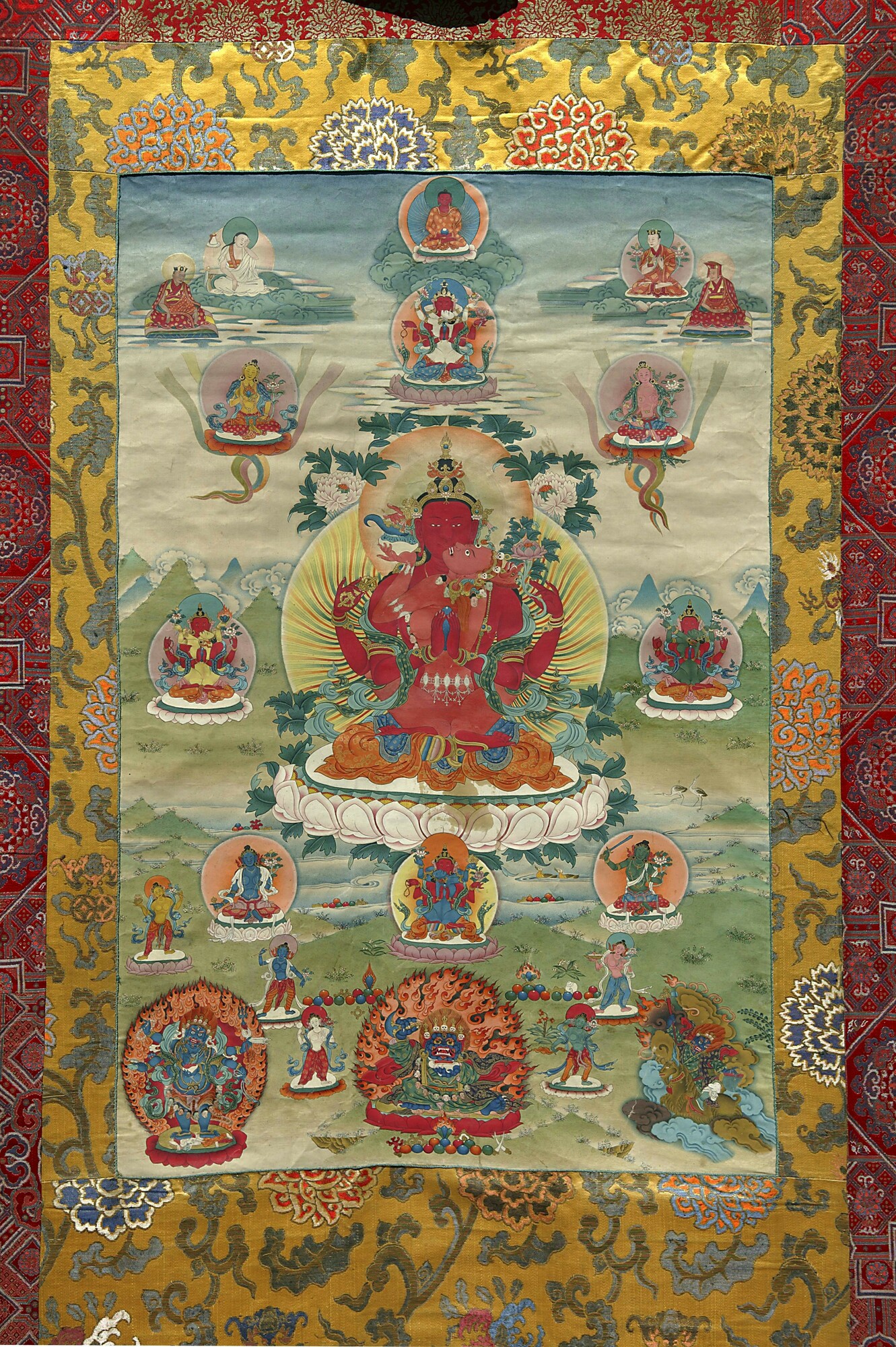
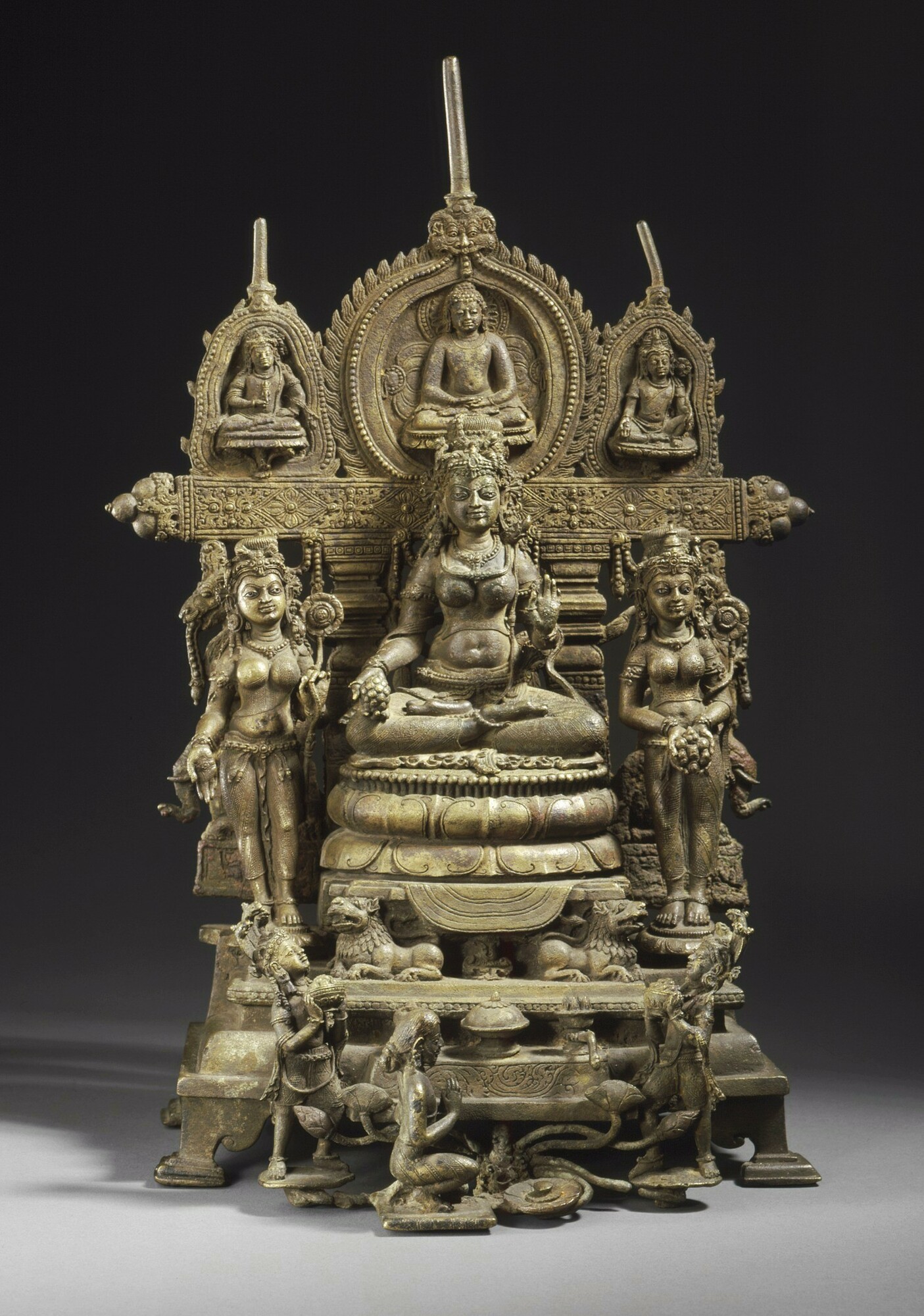
 Reply With Quote
Reply With Quote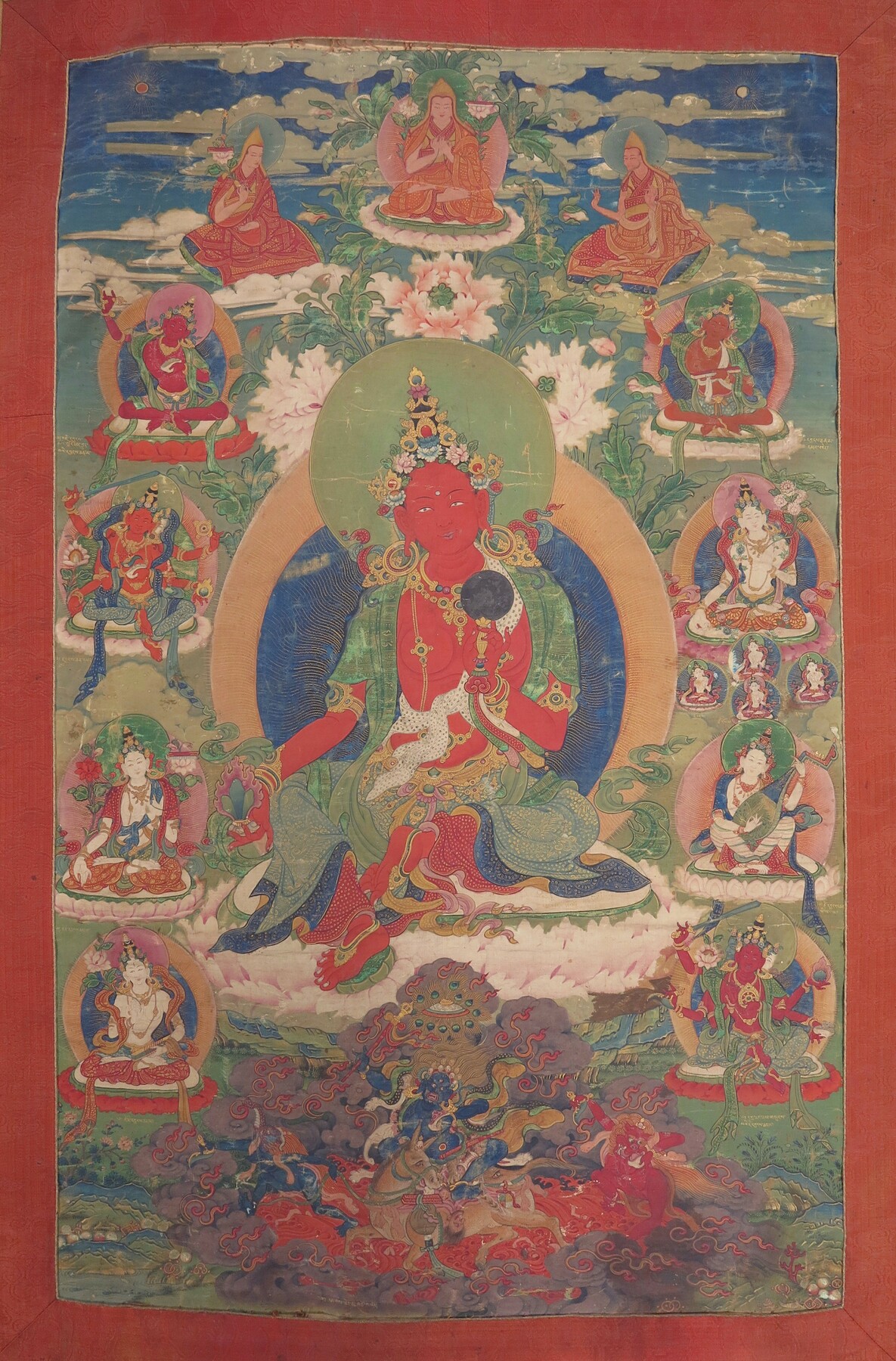

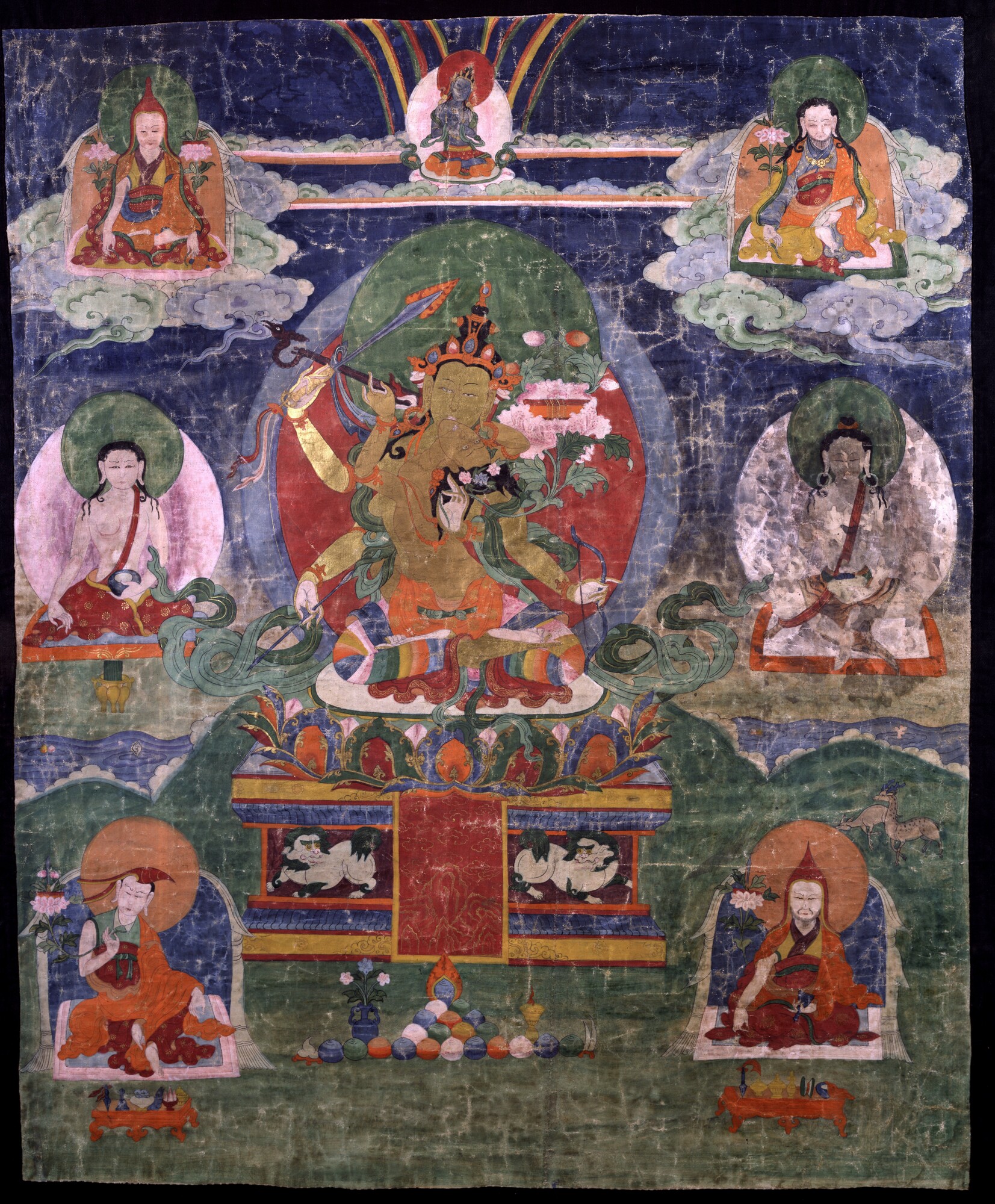
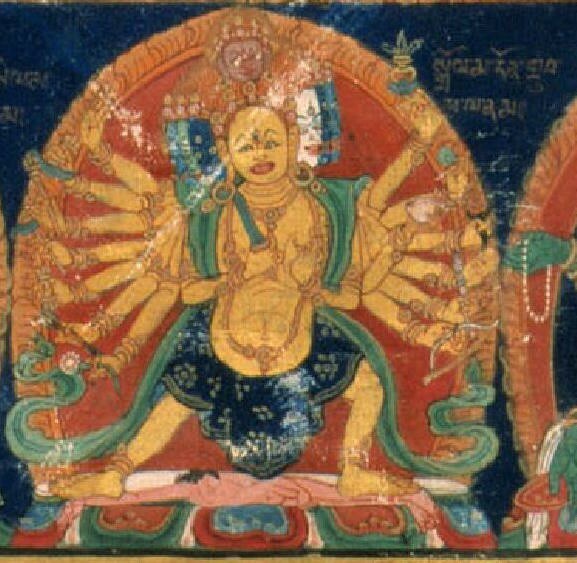
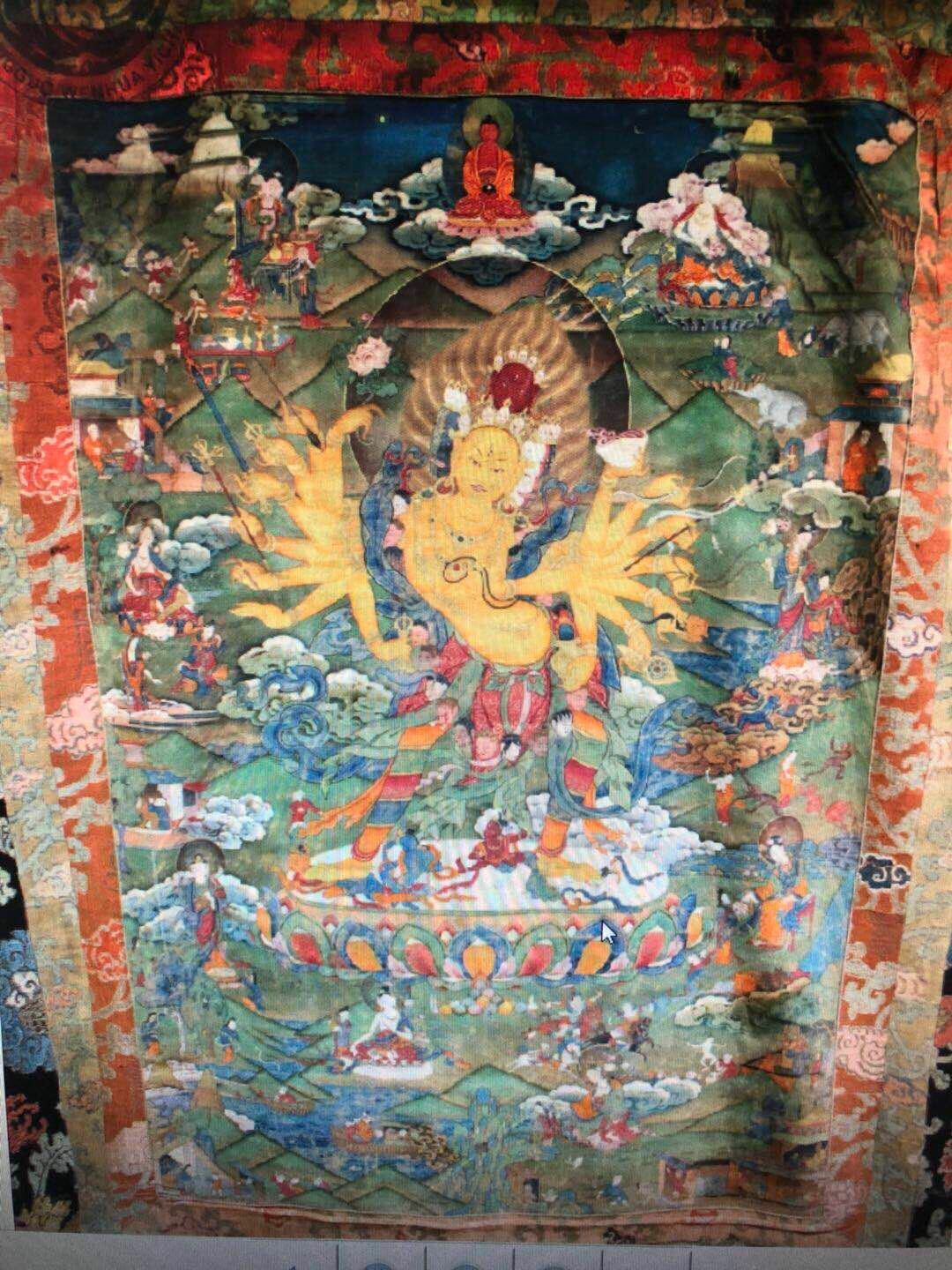


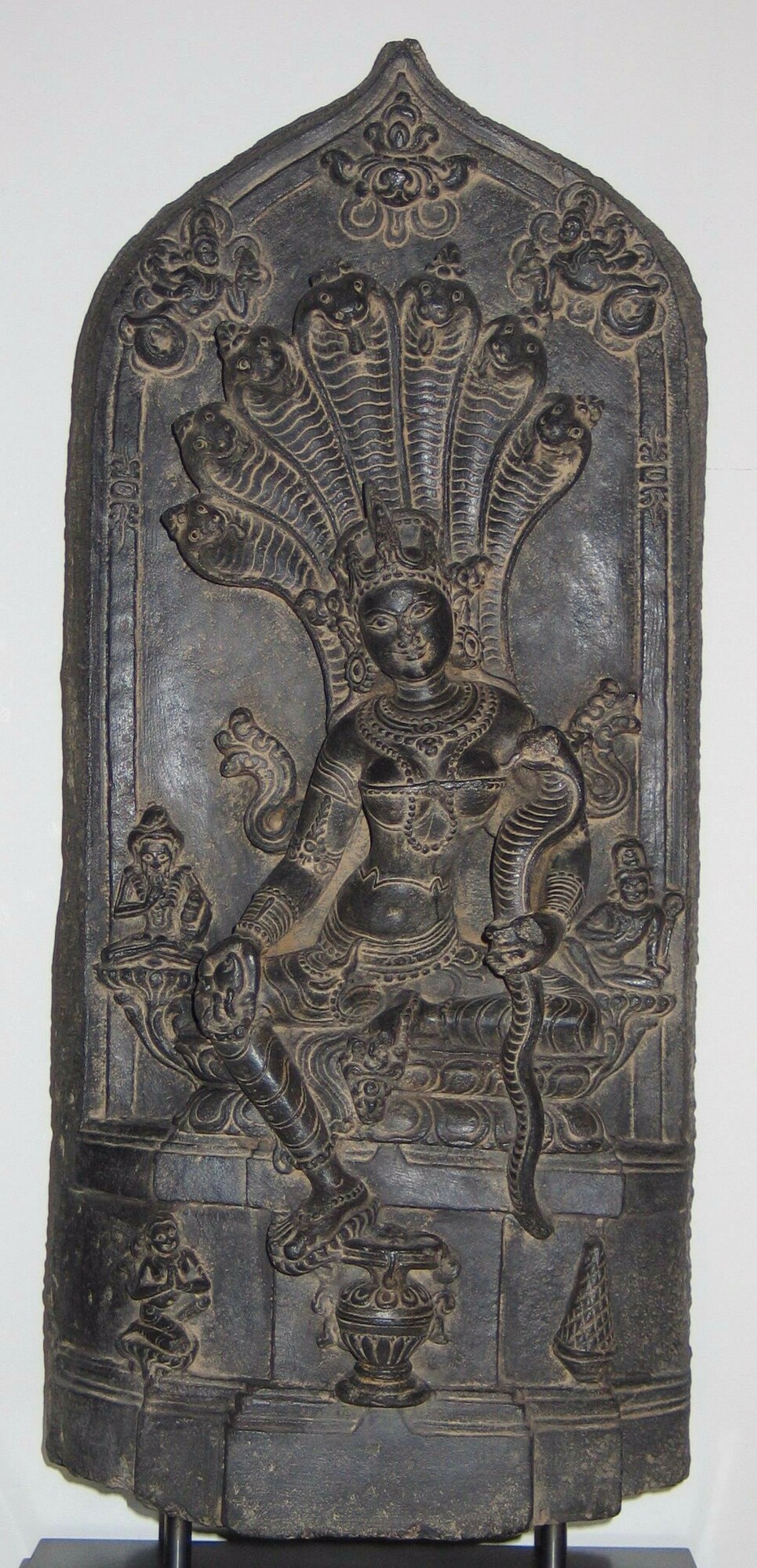
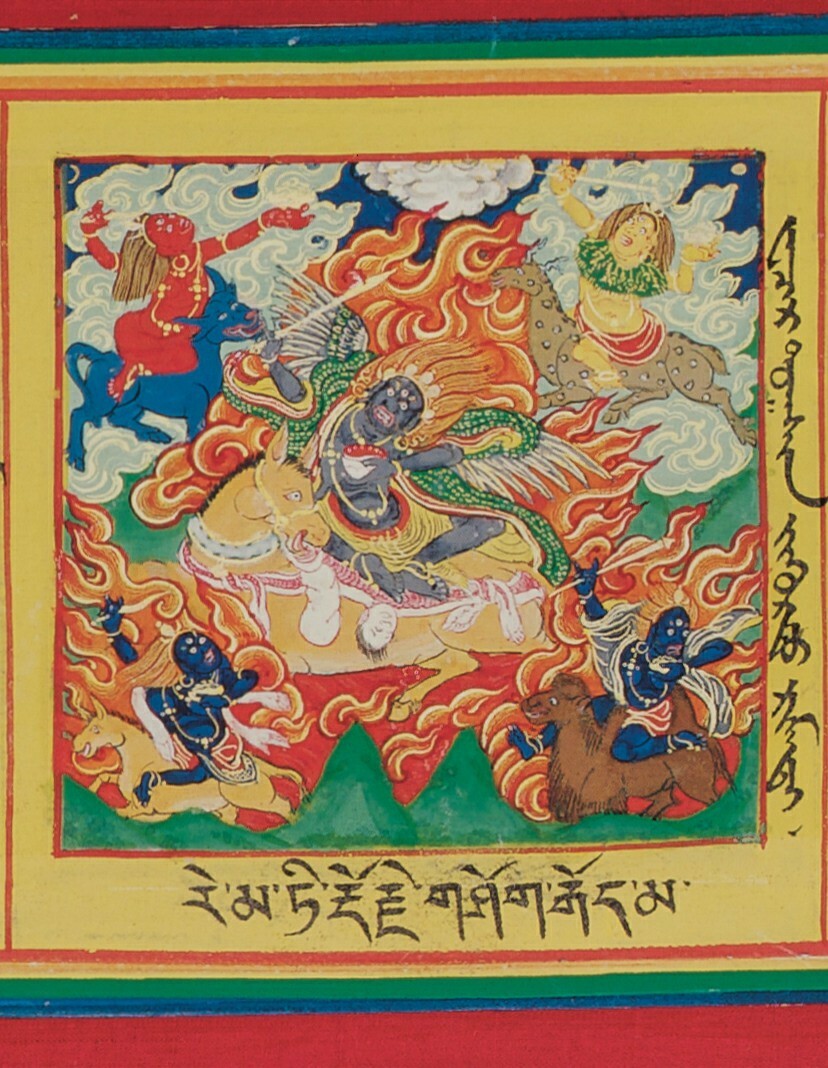
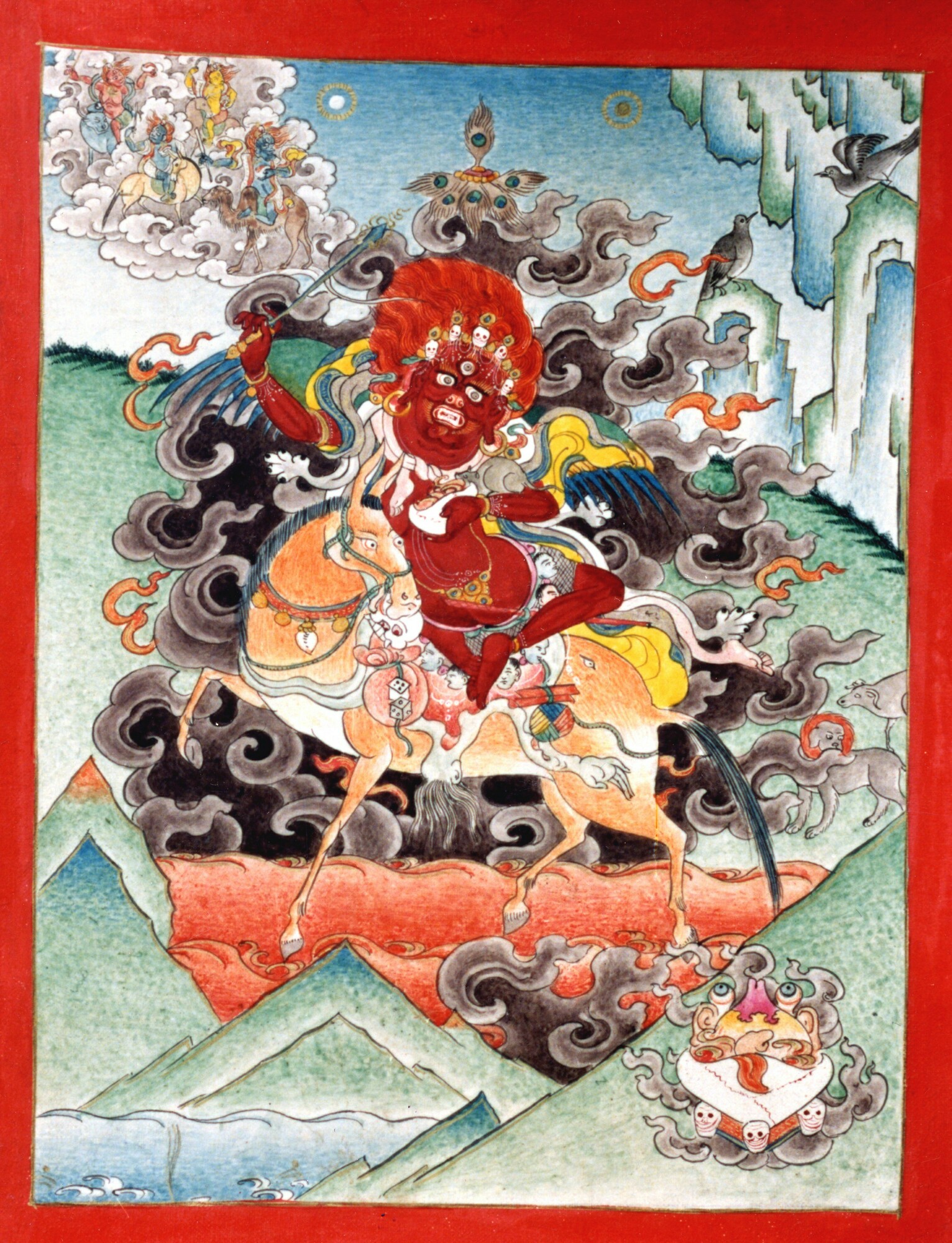

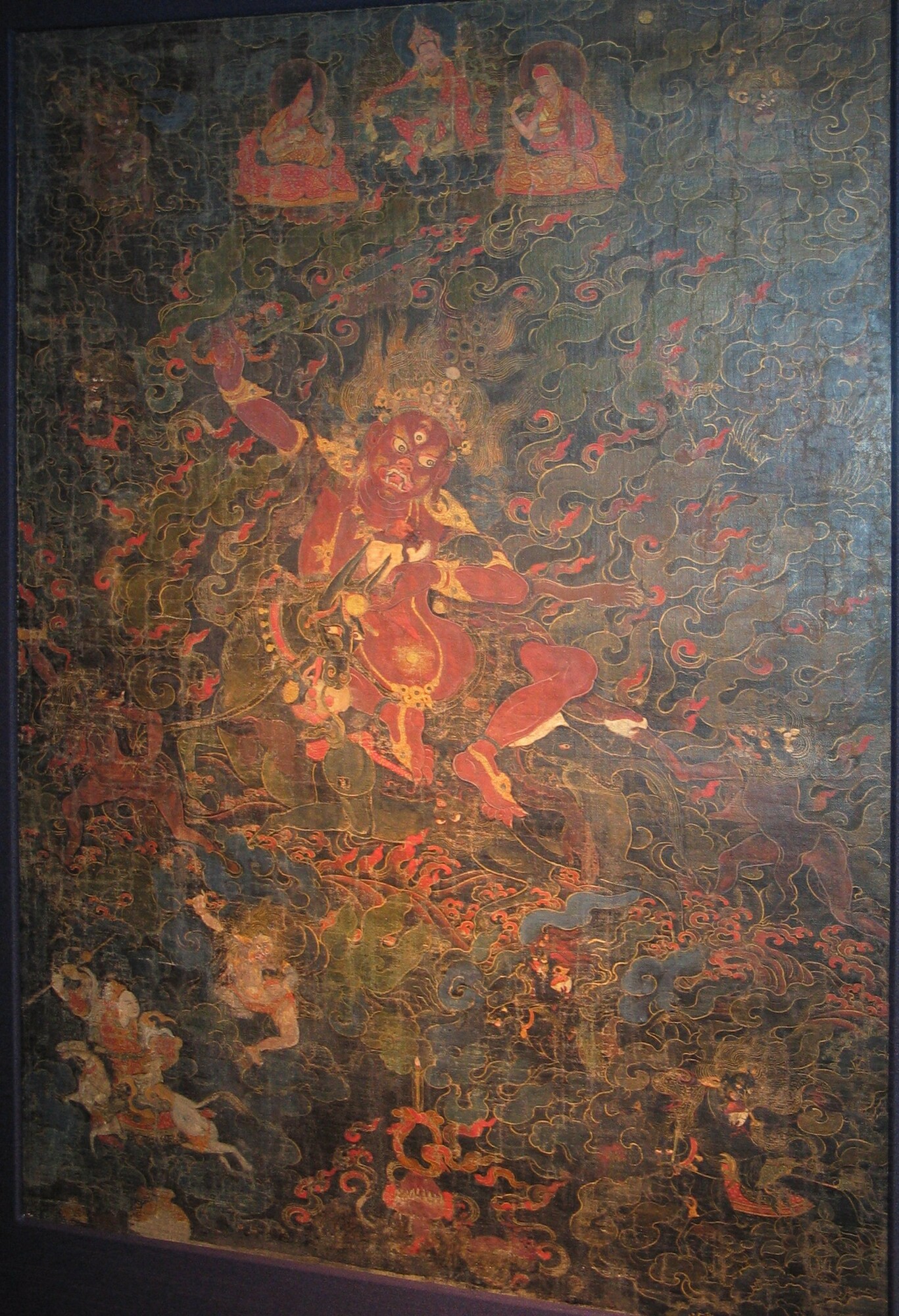

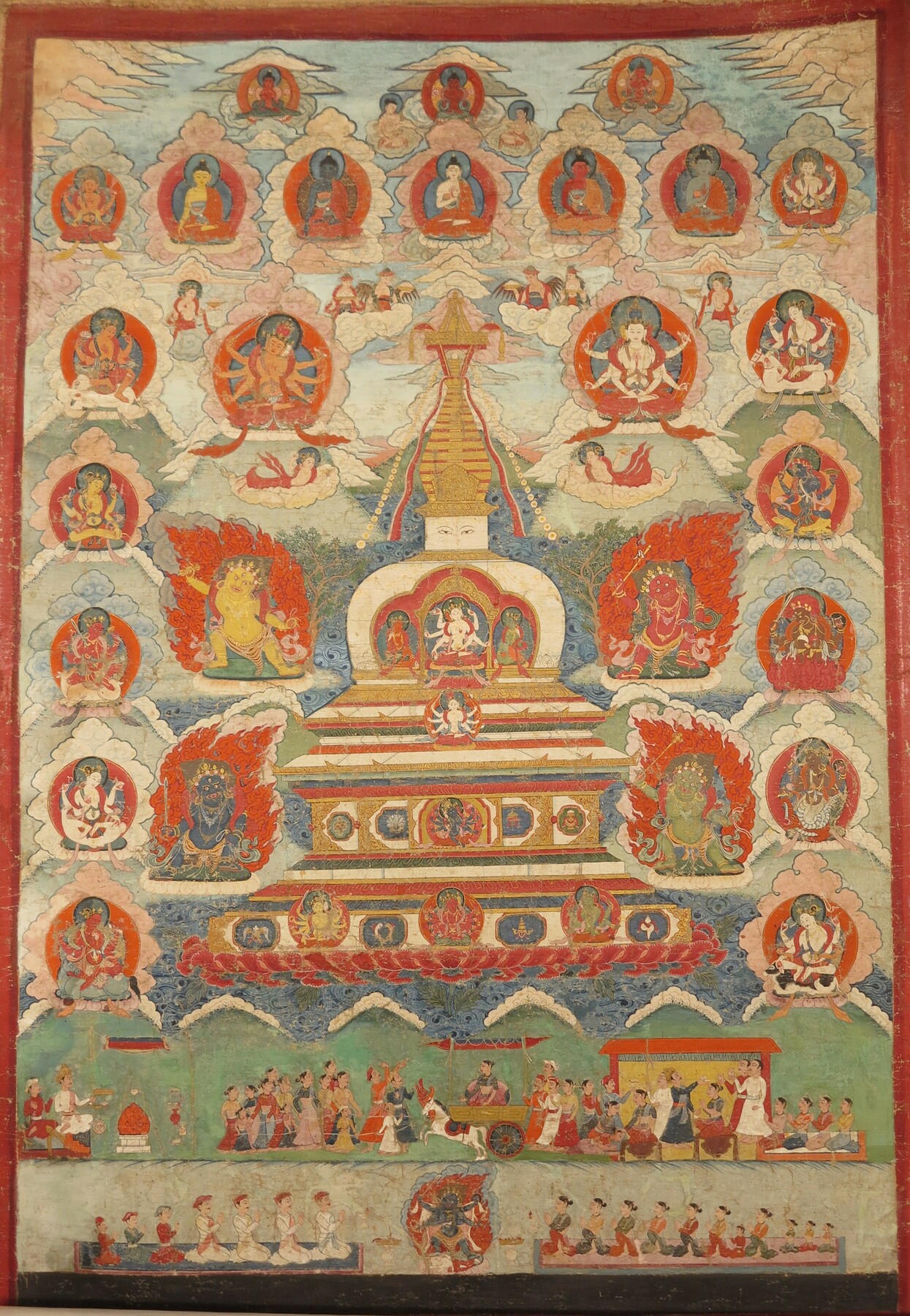

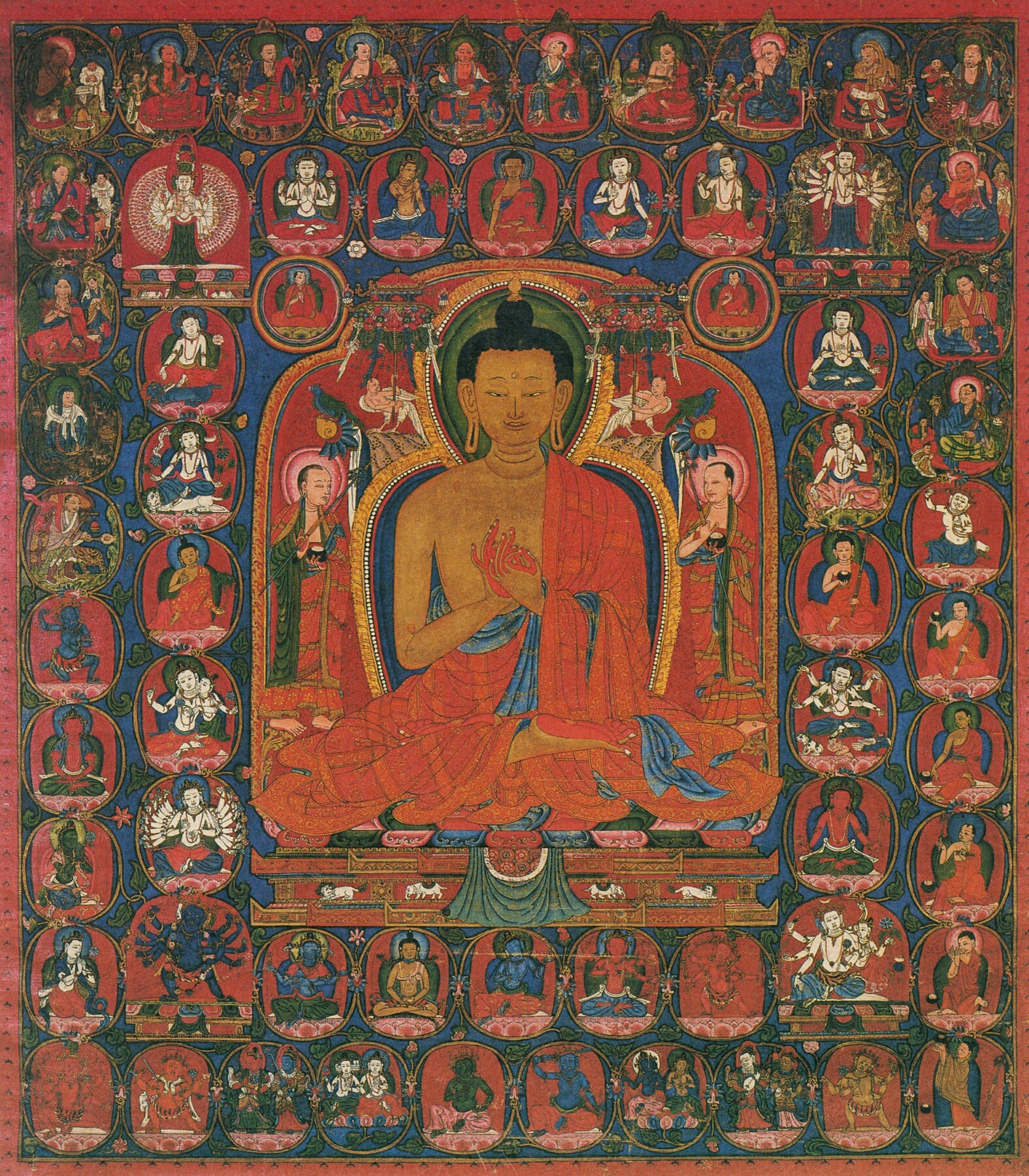
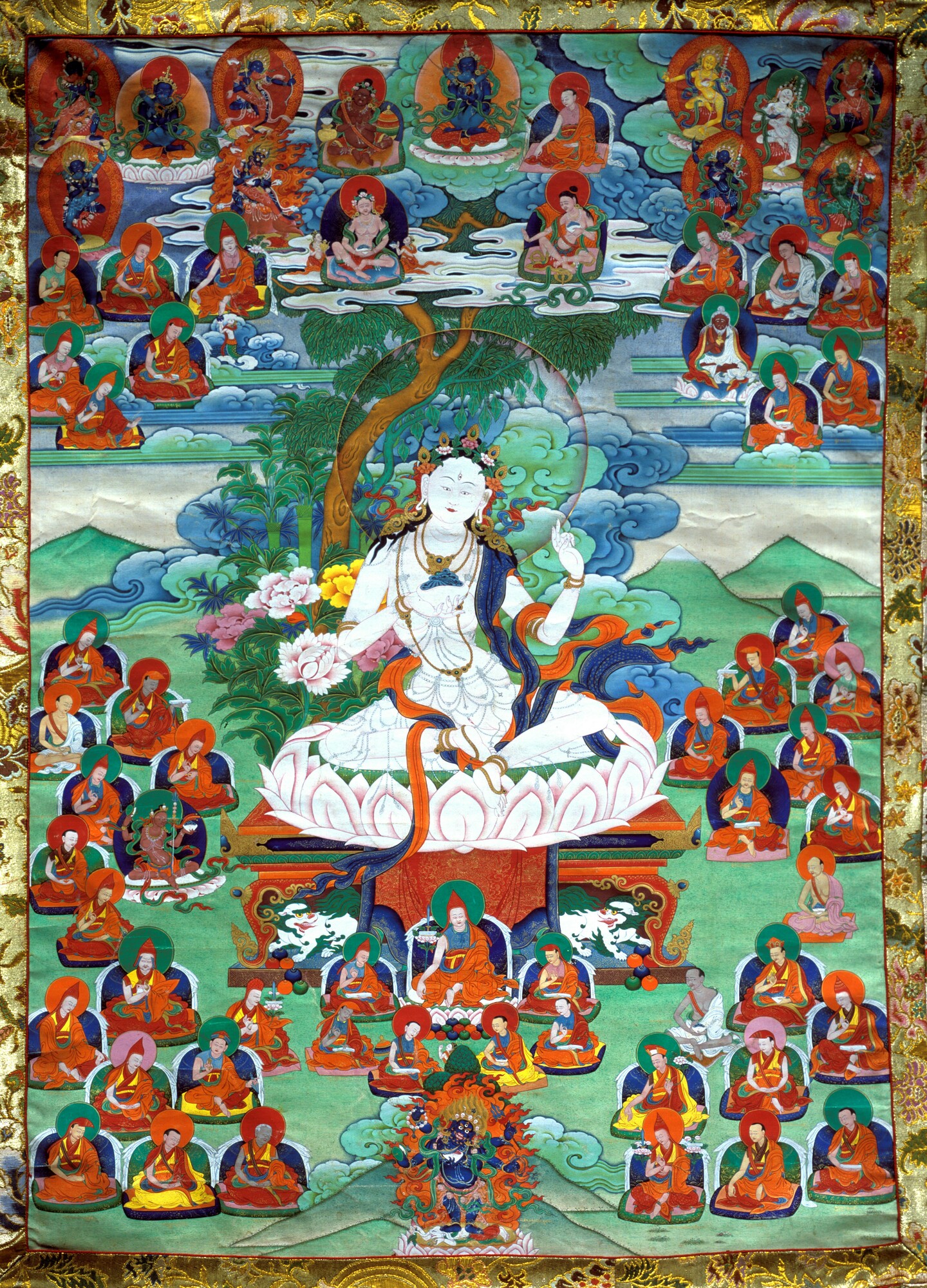
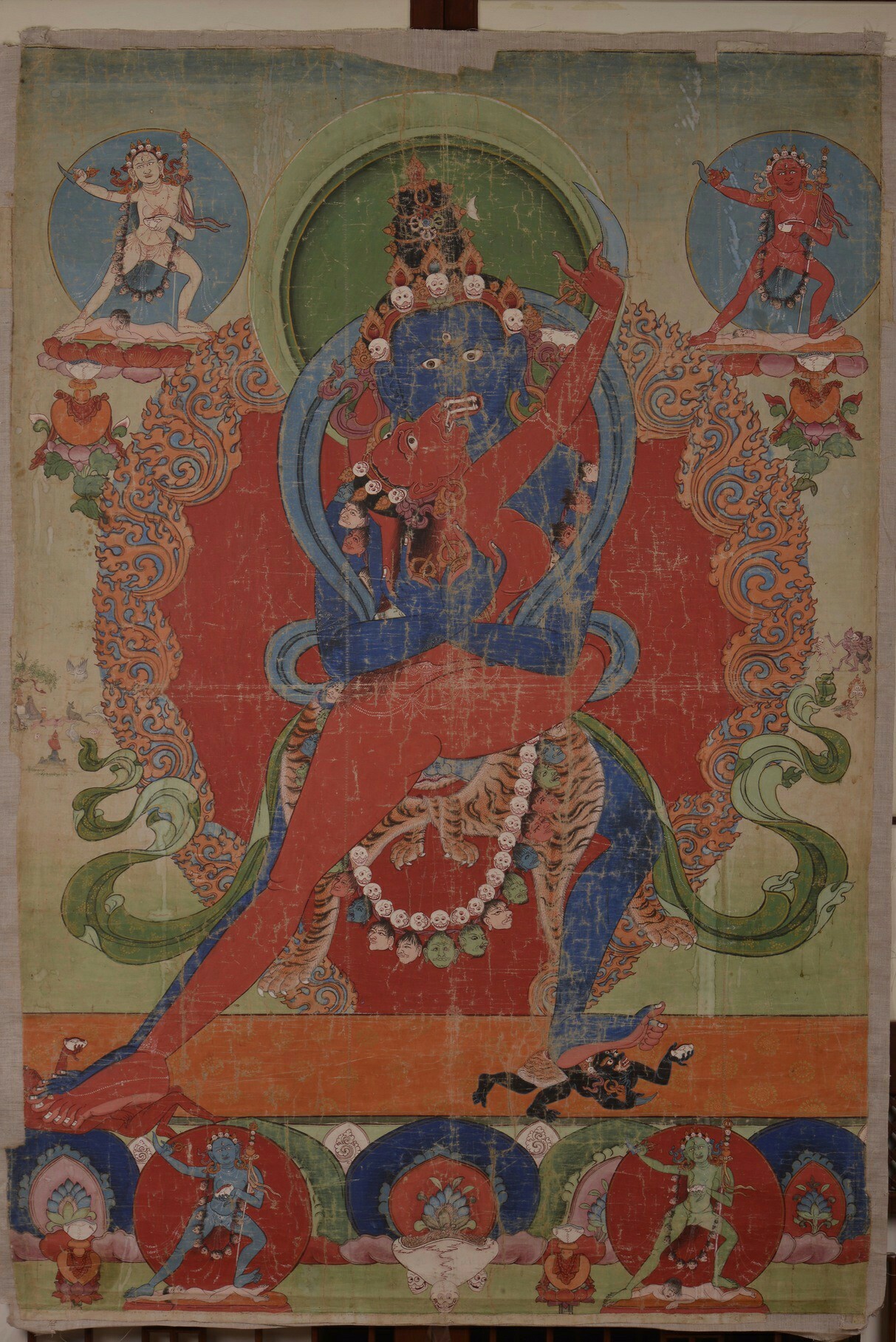

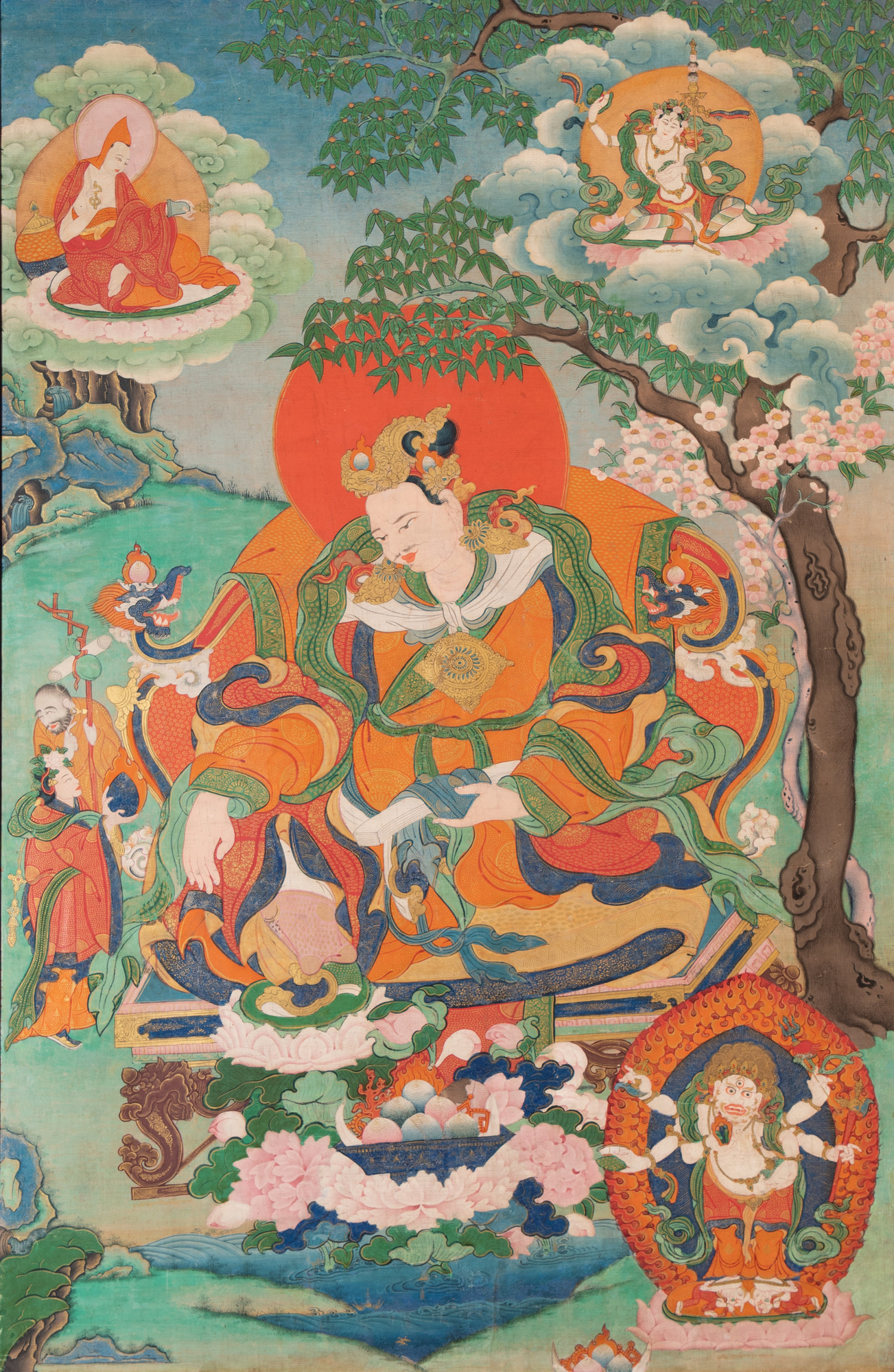

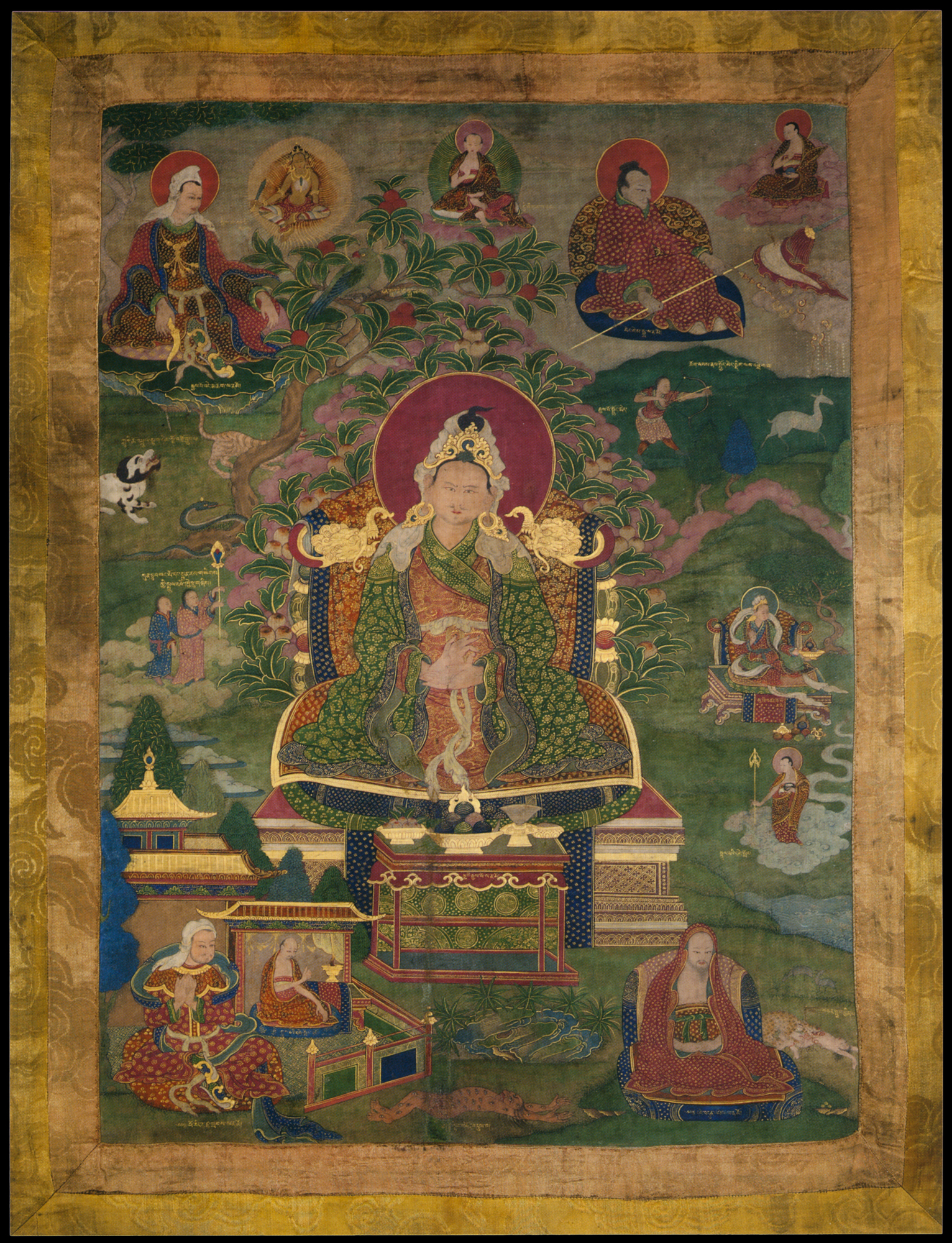
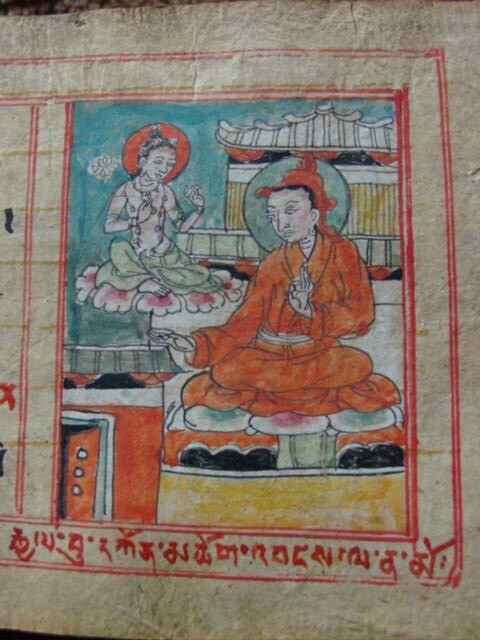


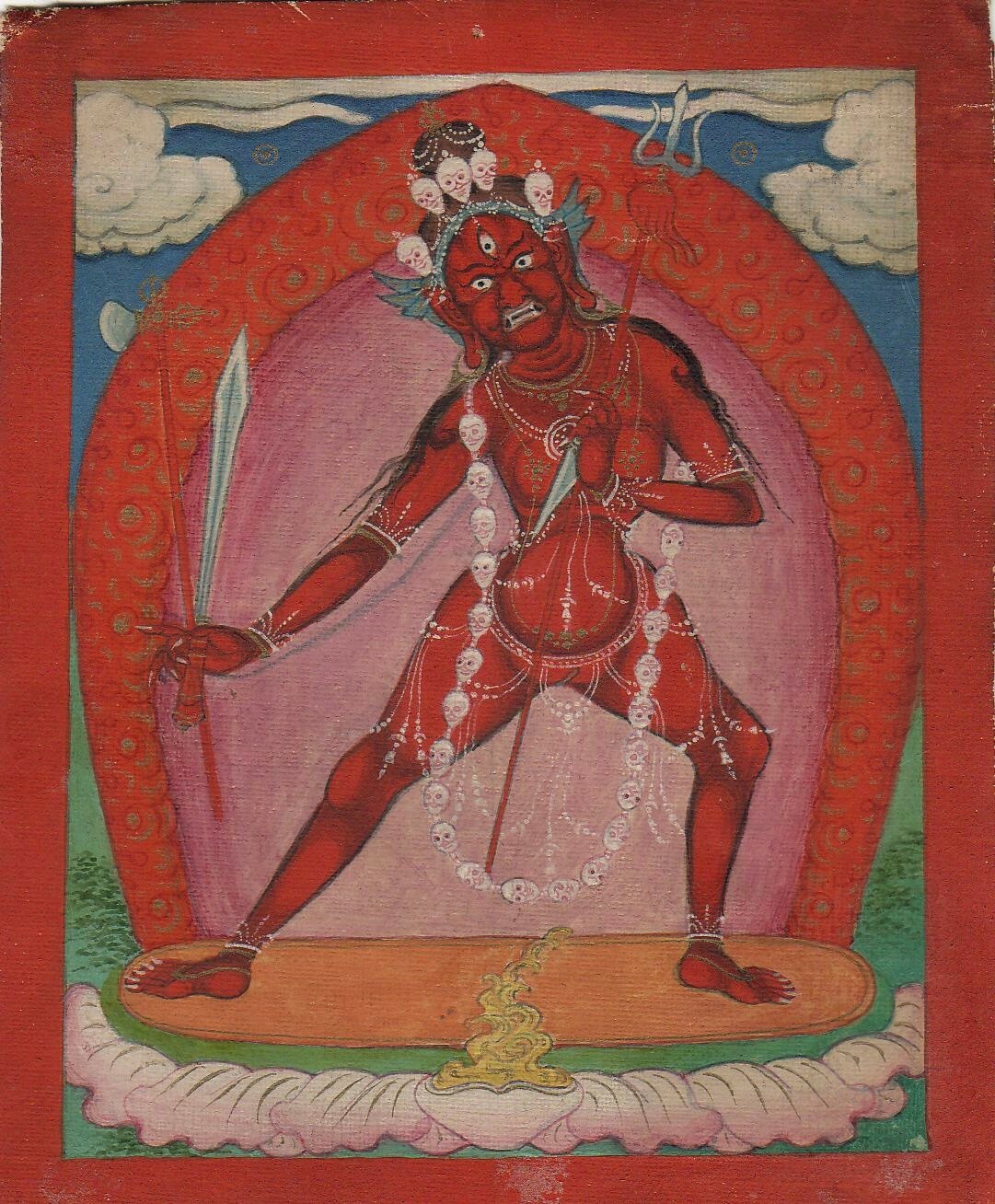
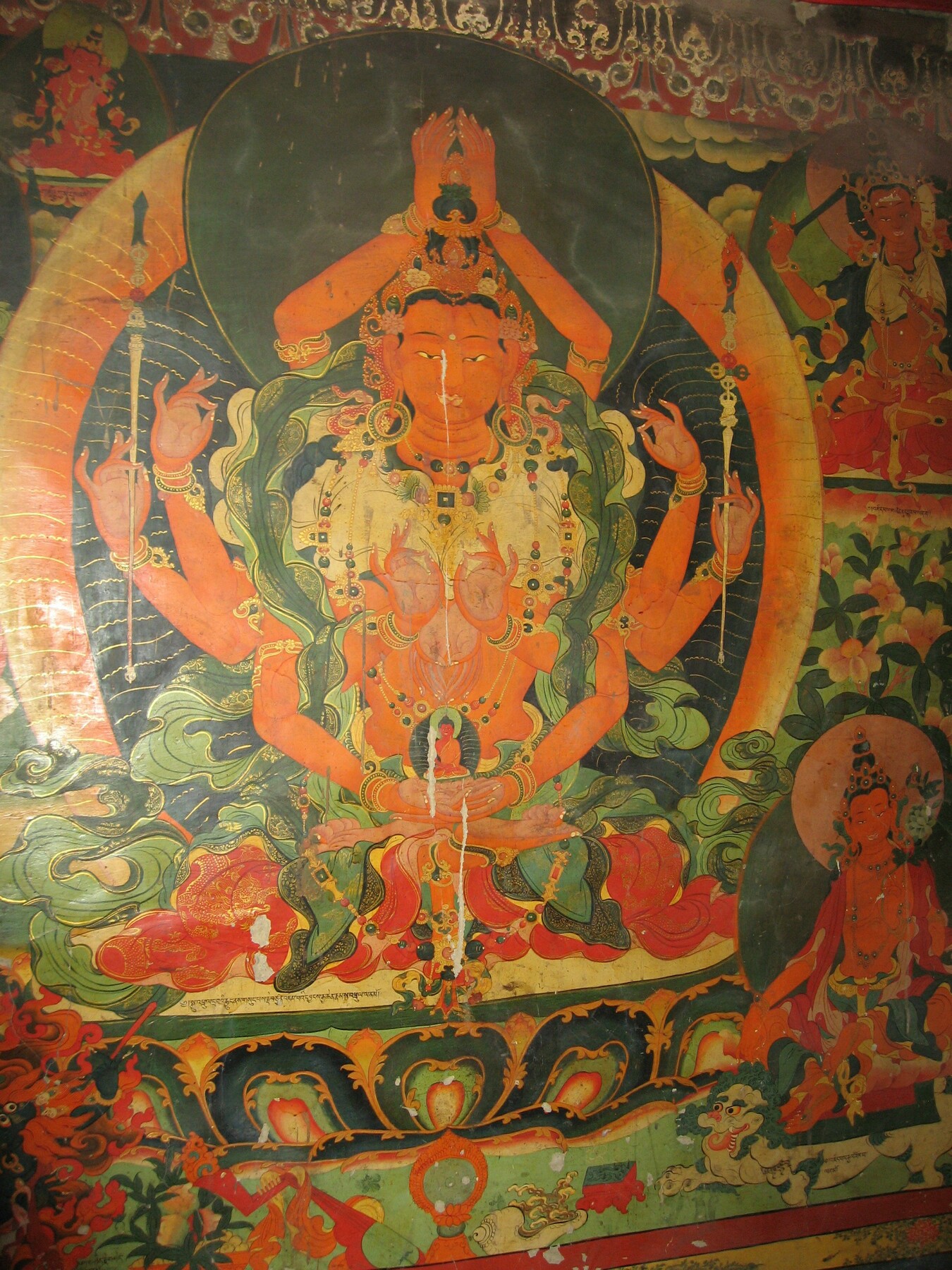
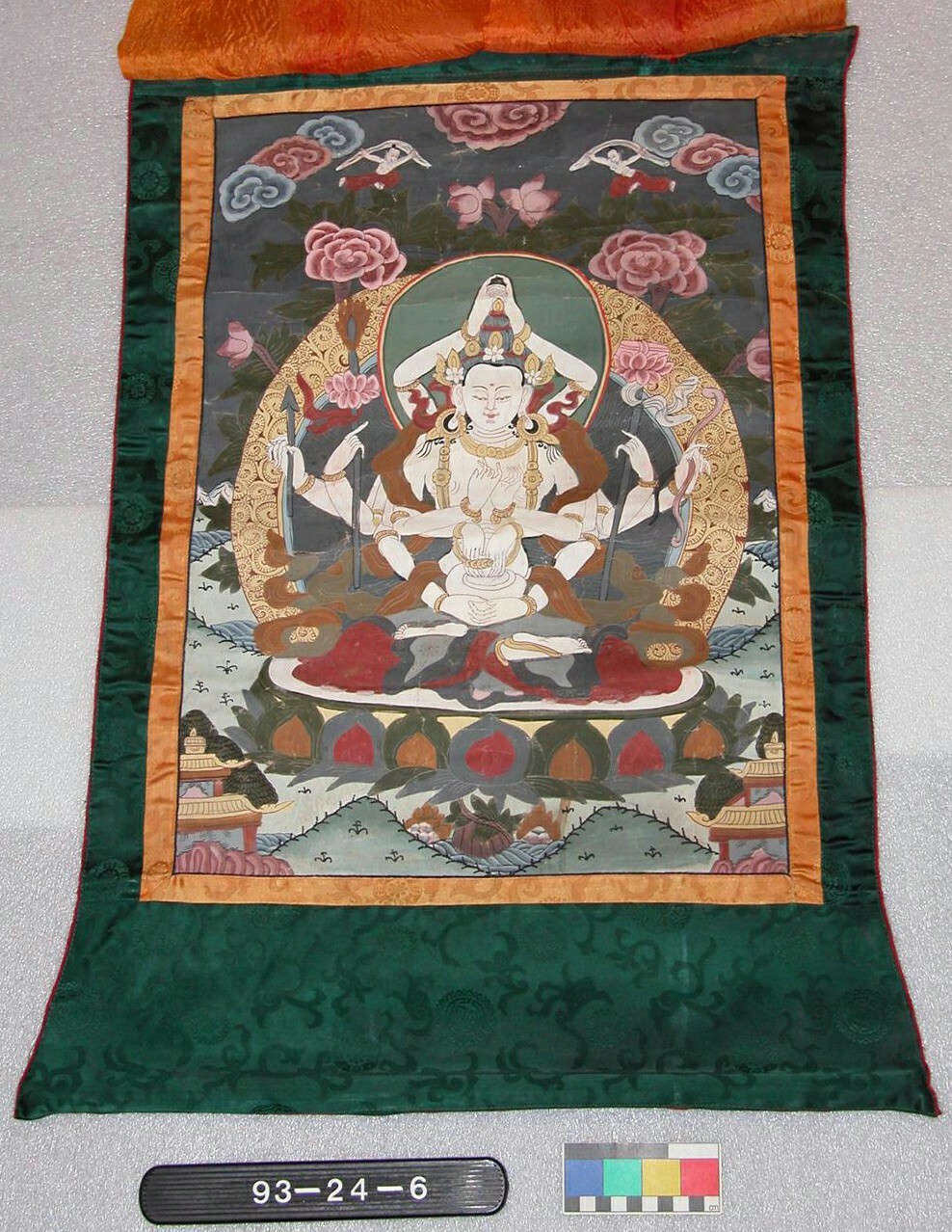
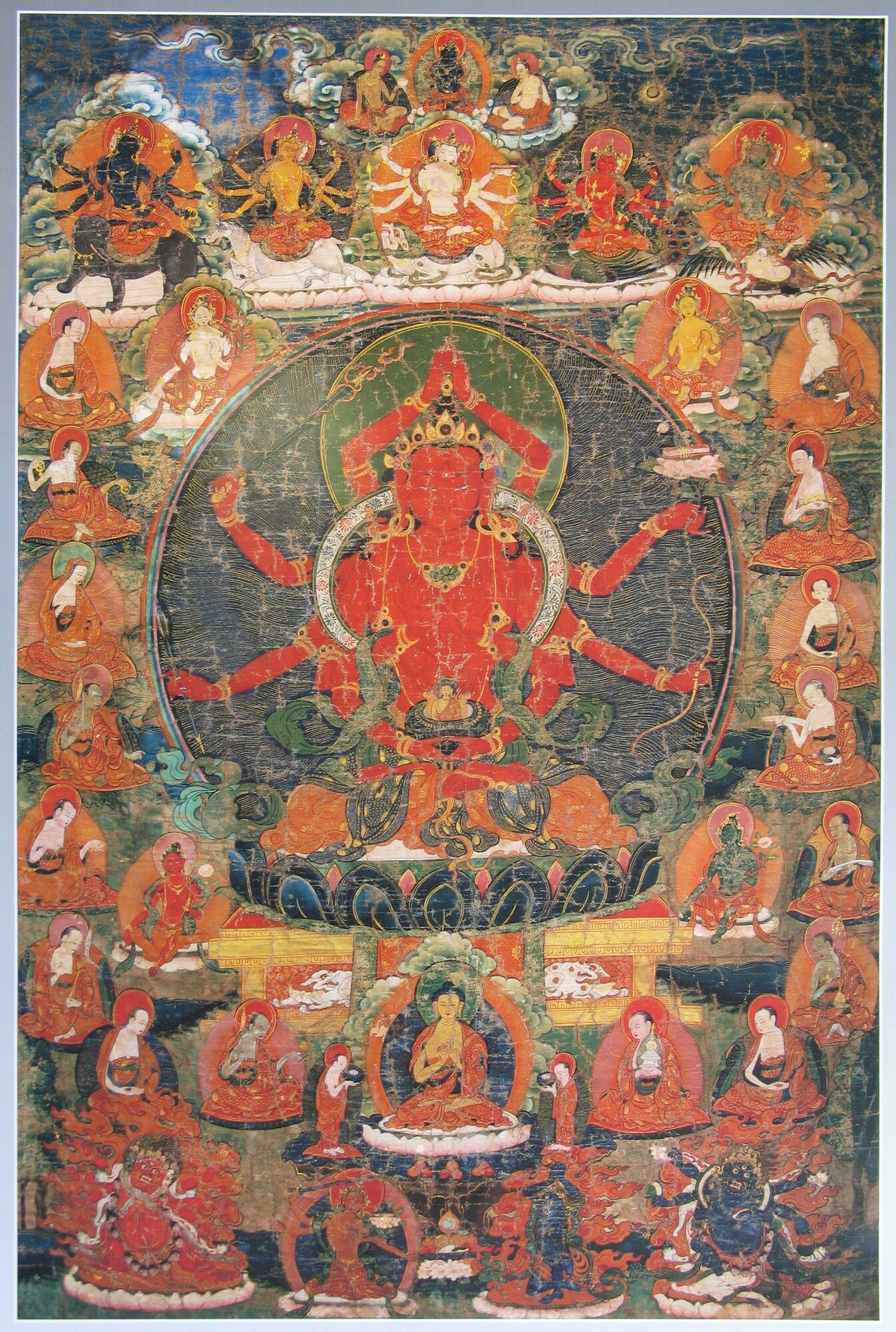
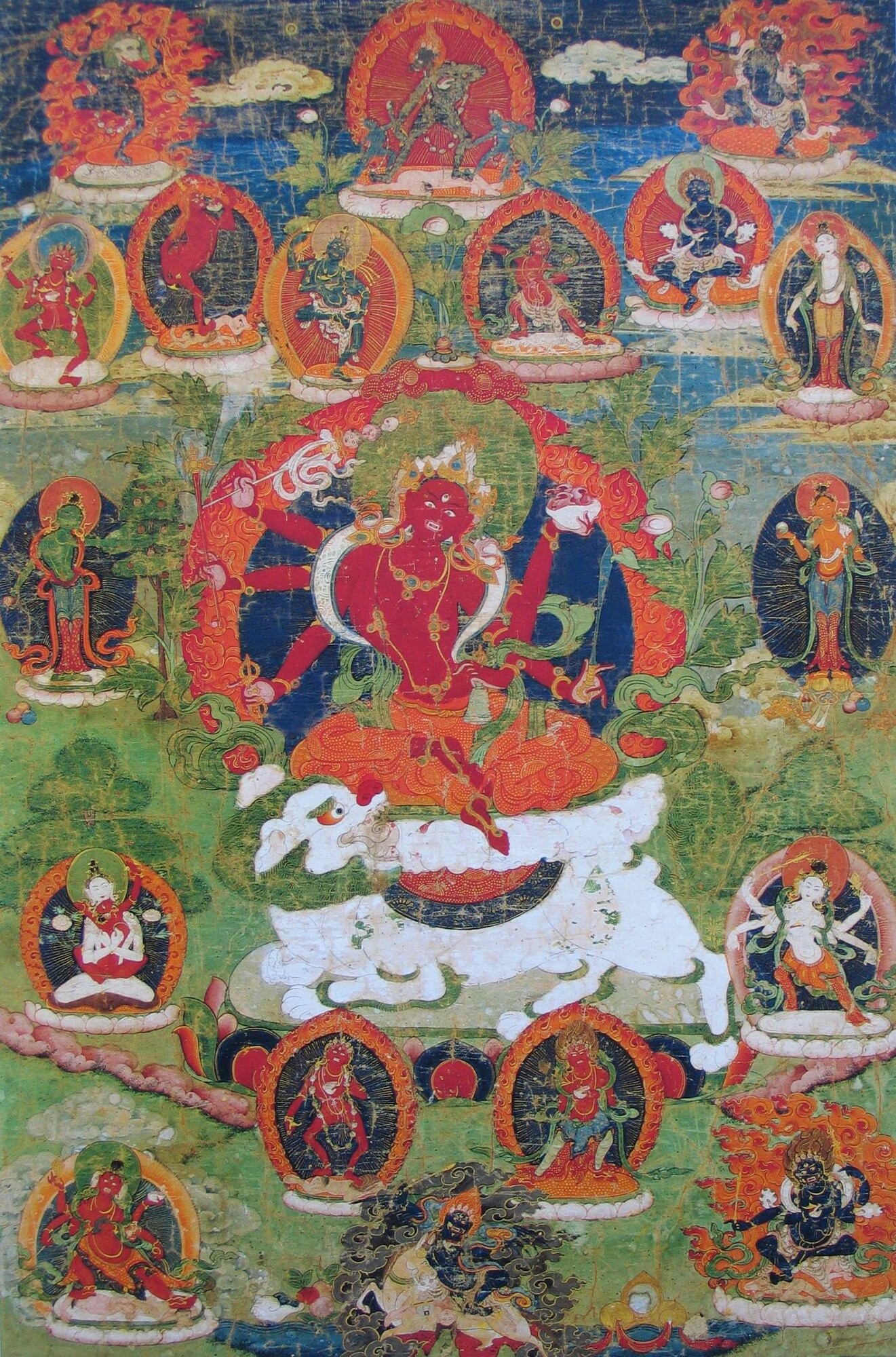

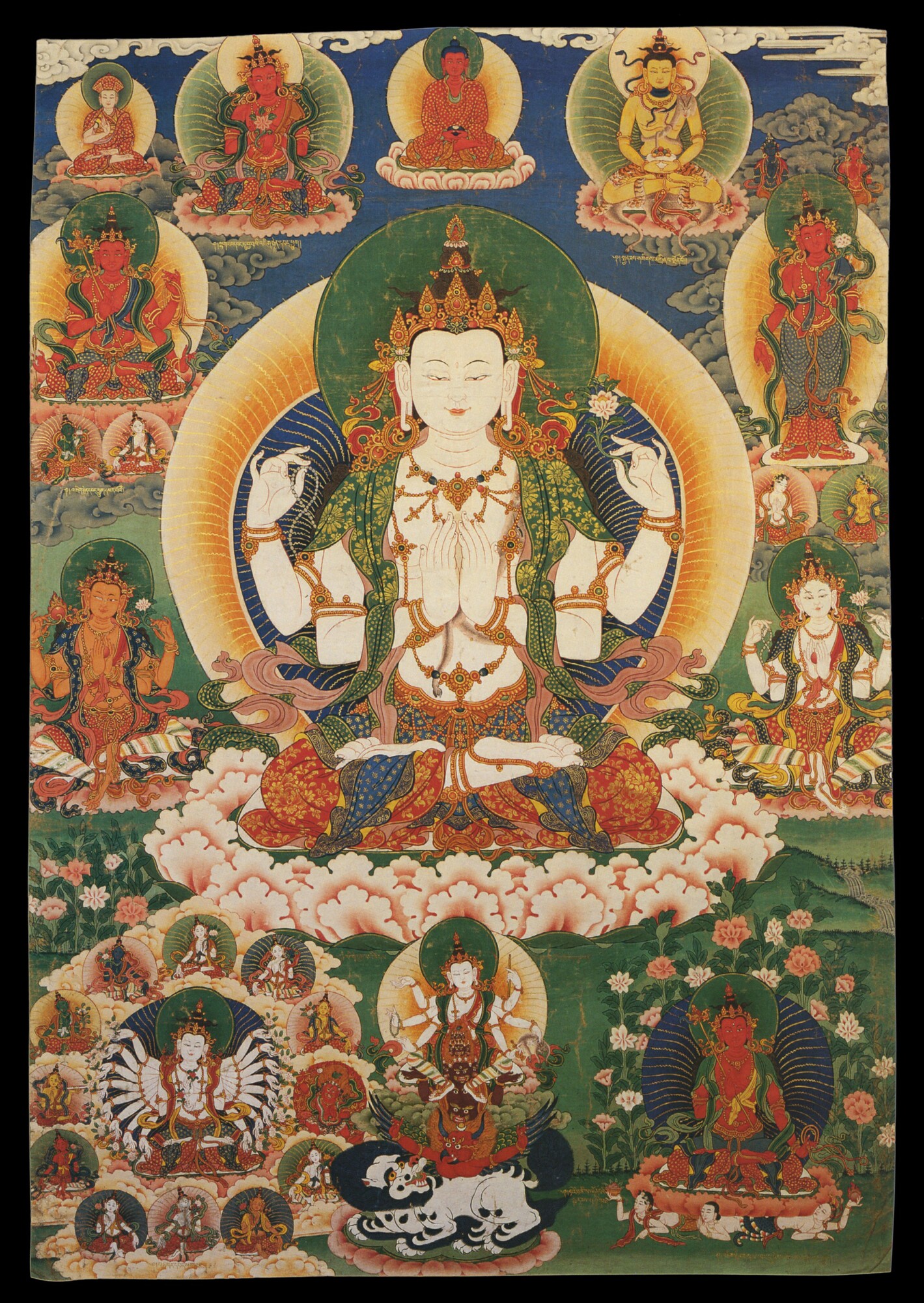
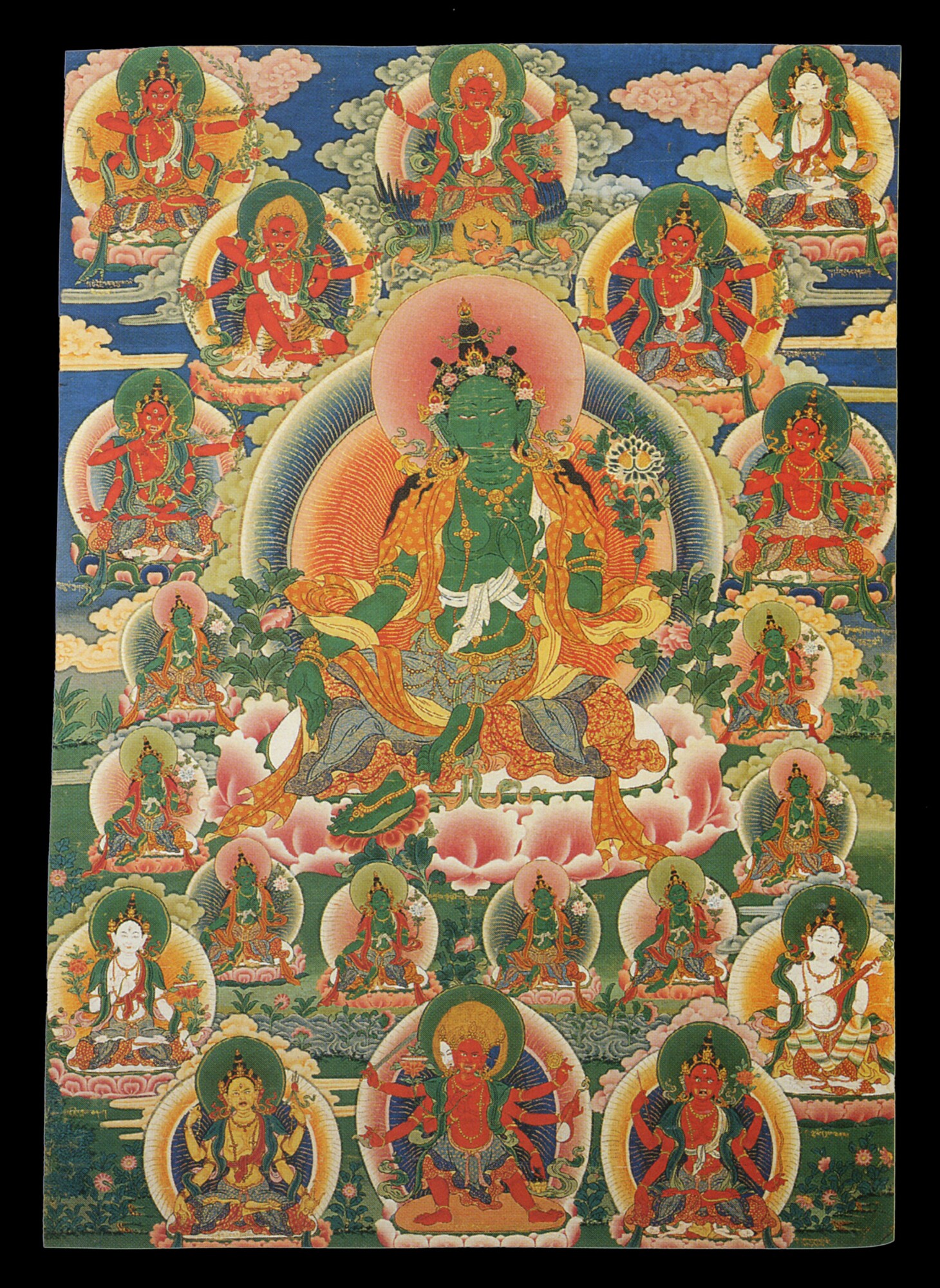
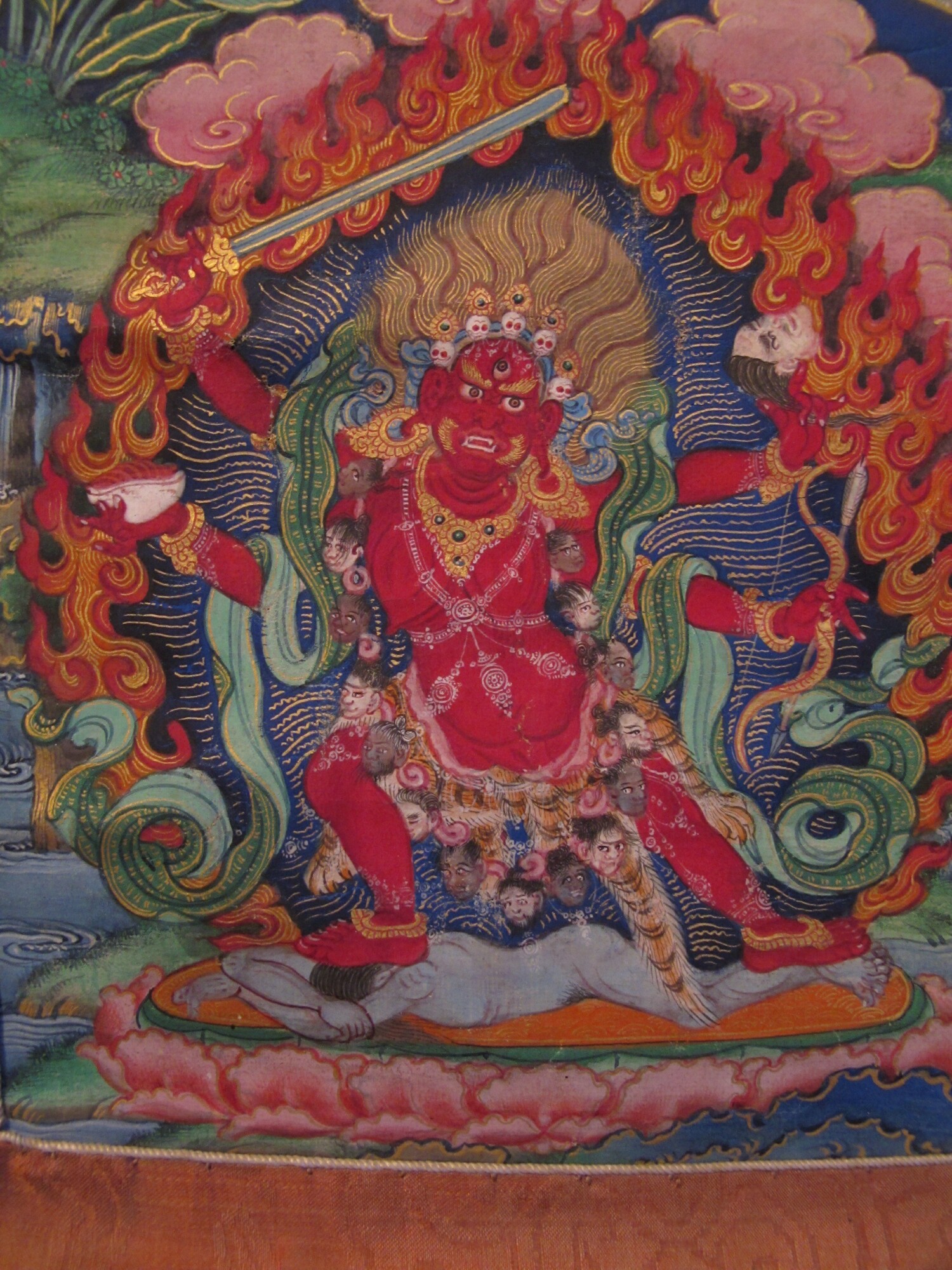
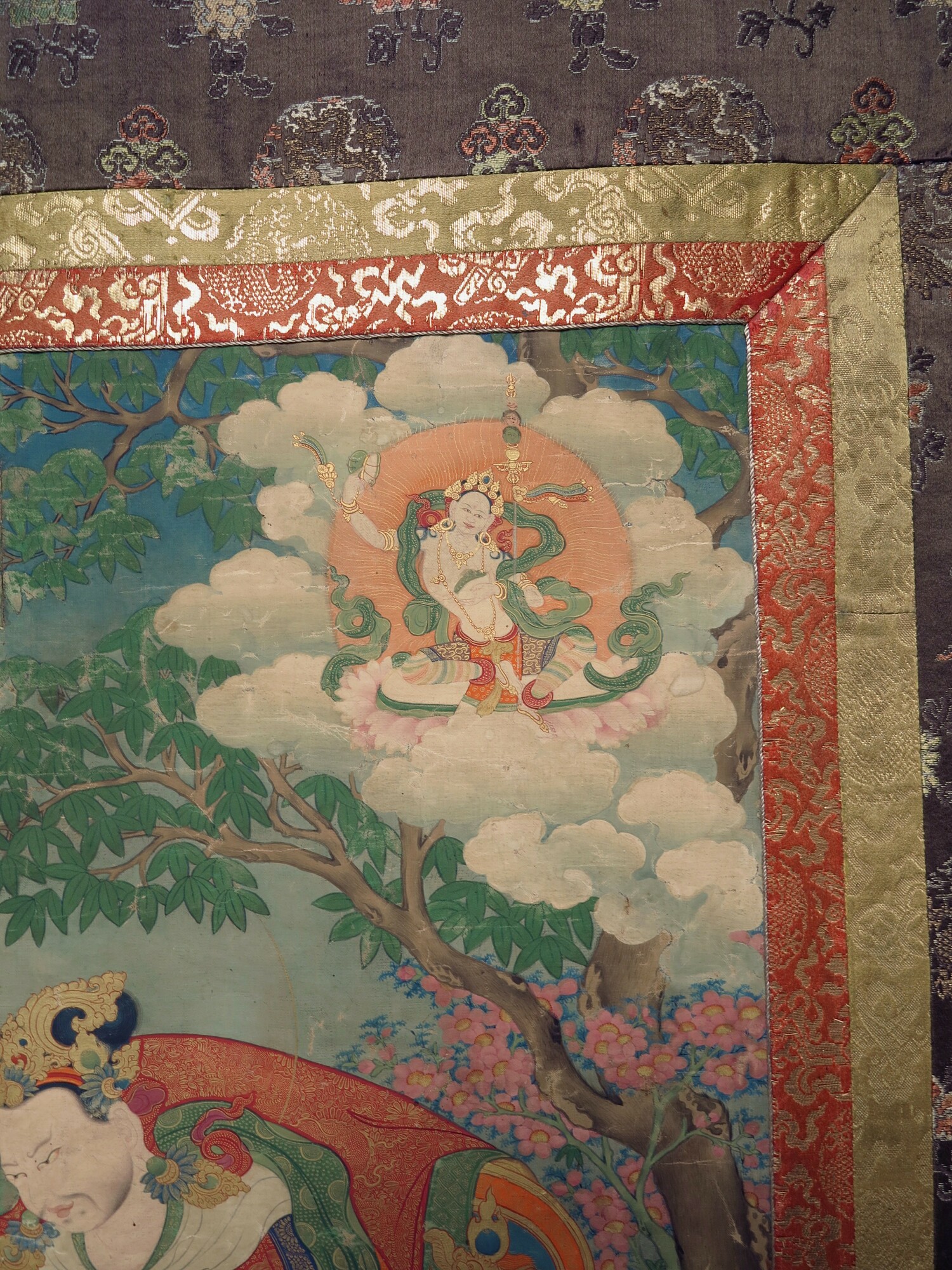



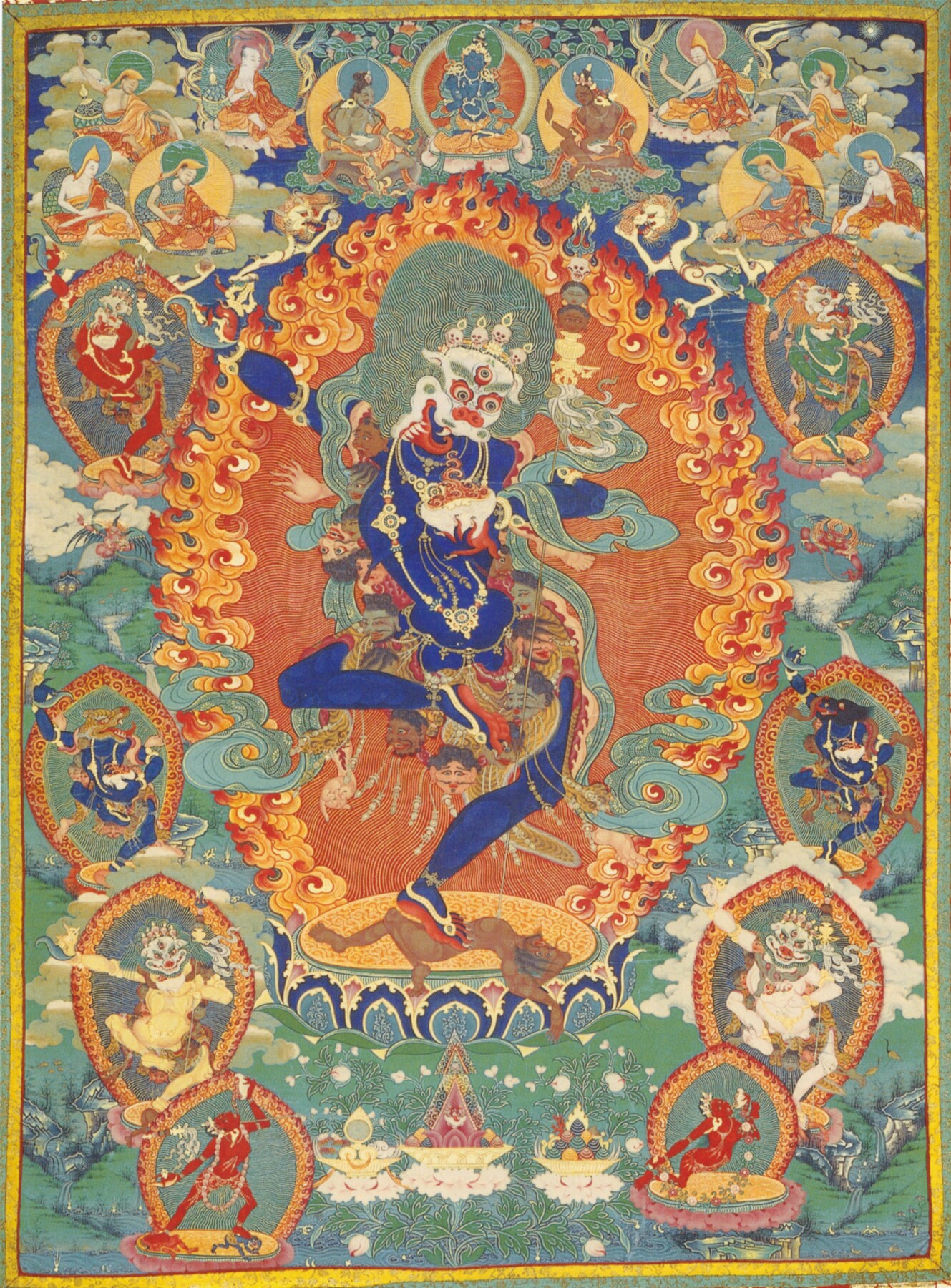

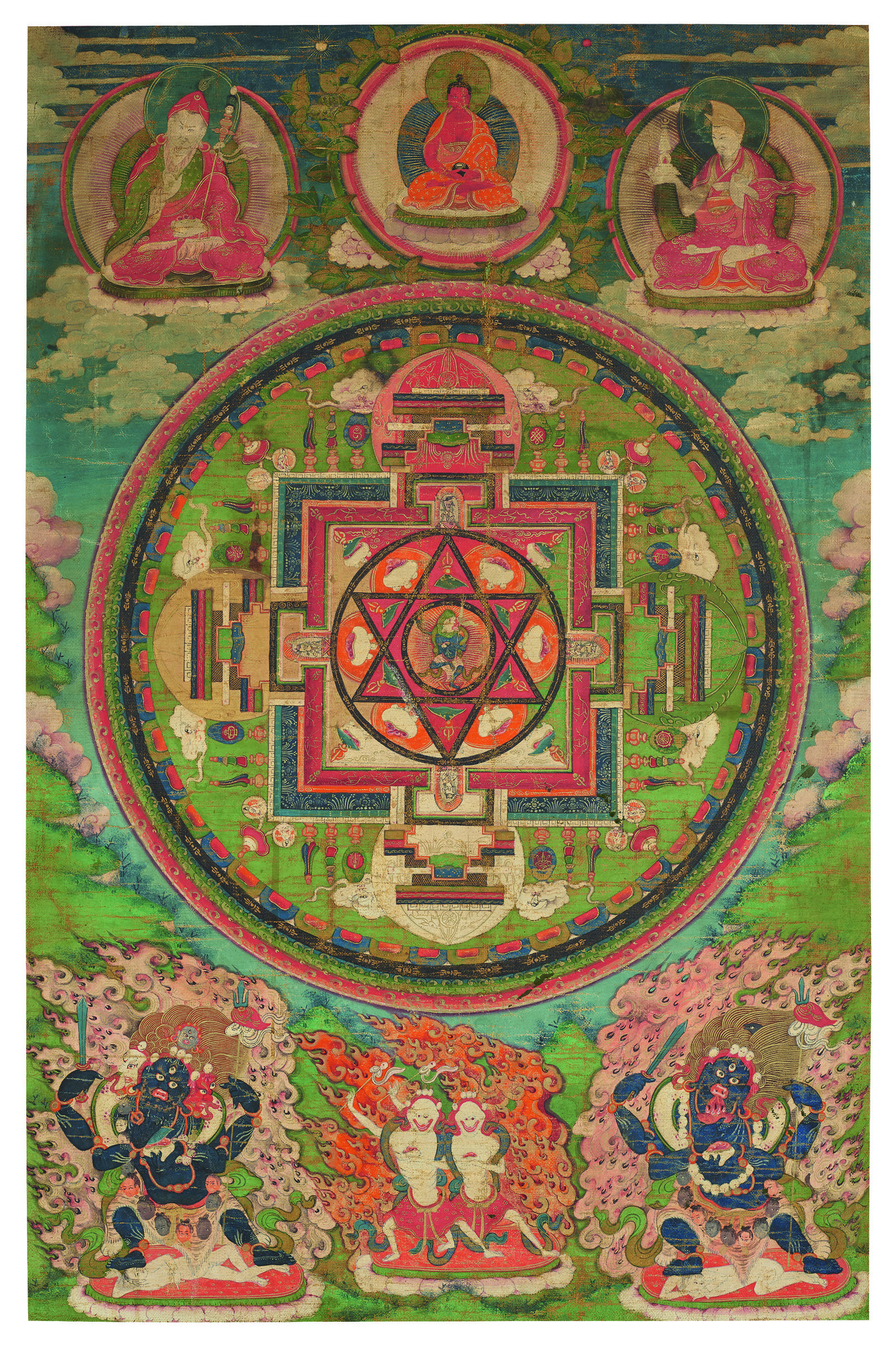
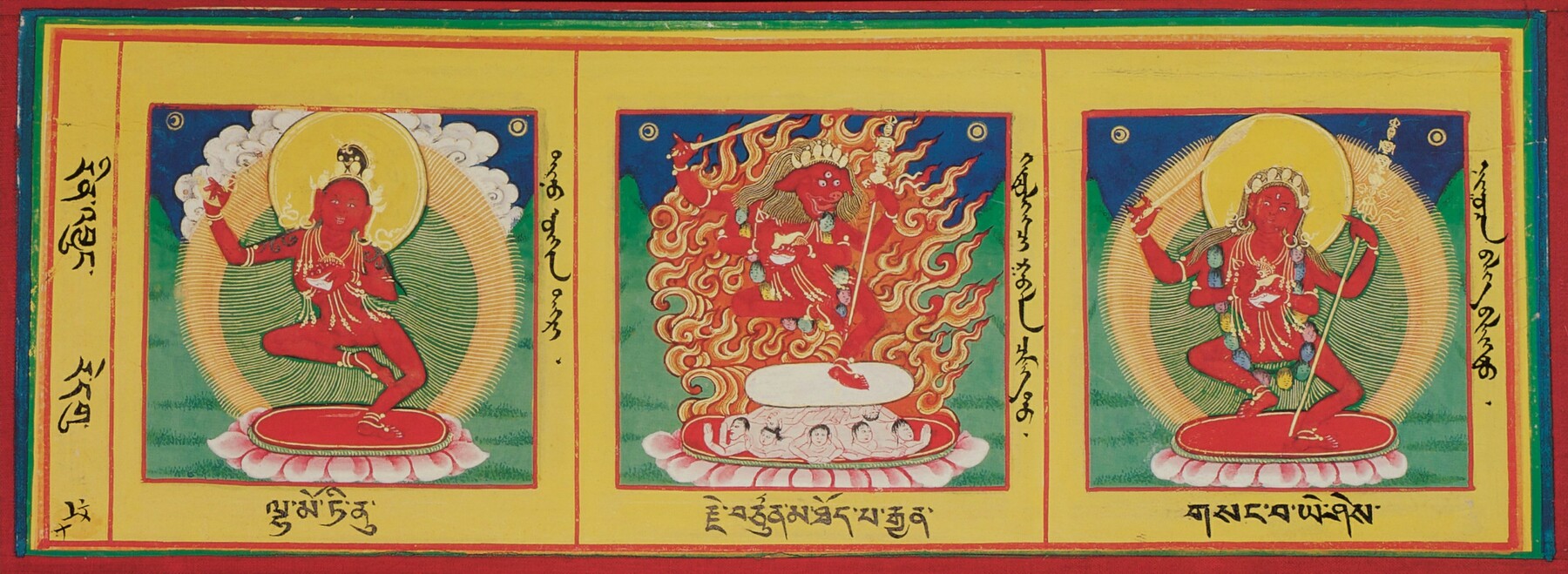
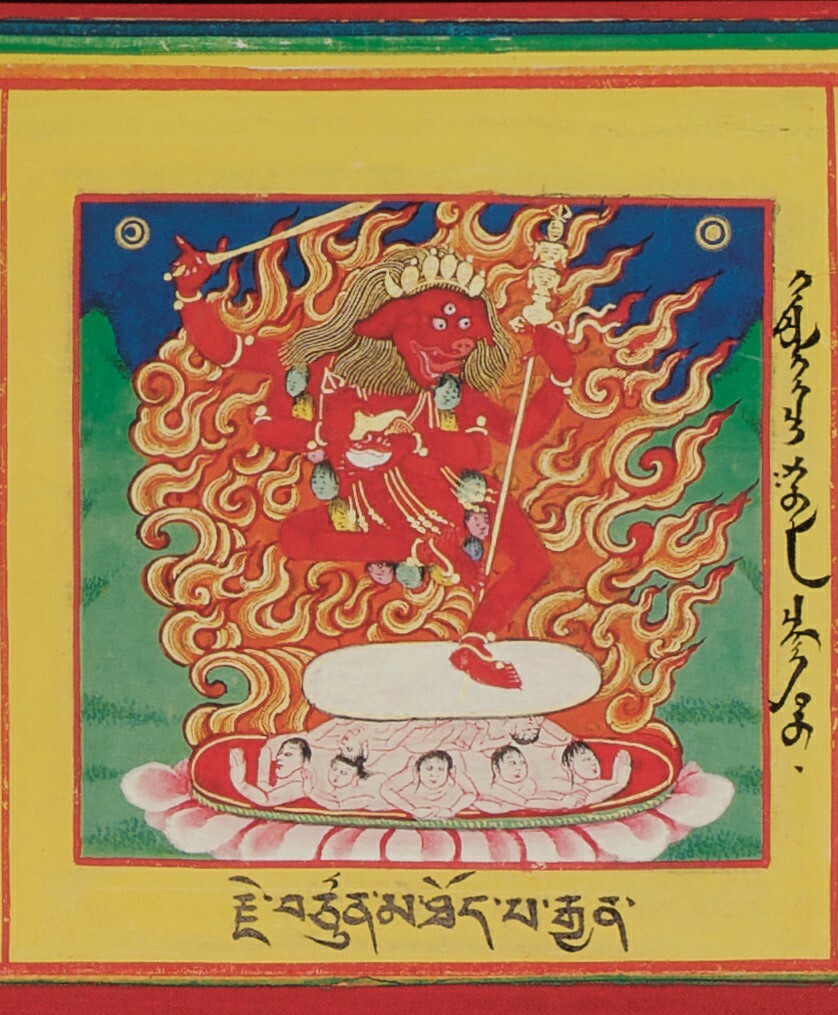
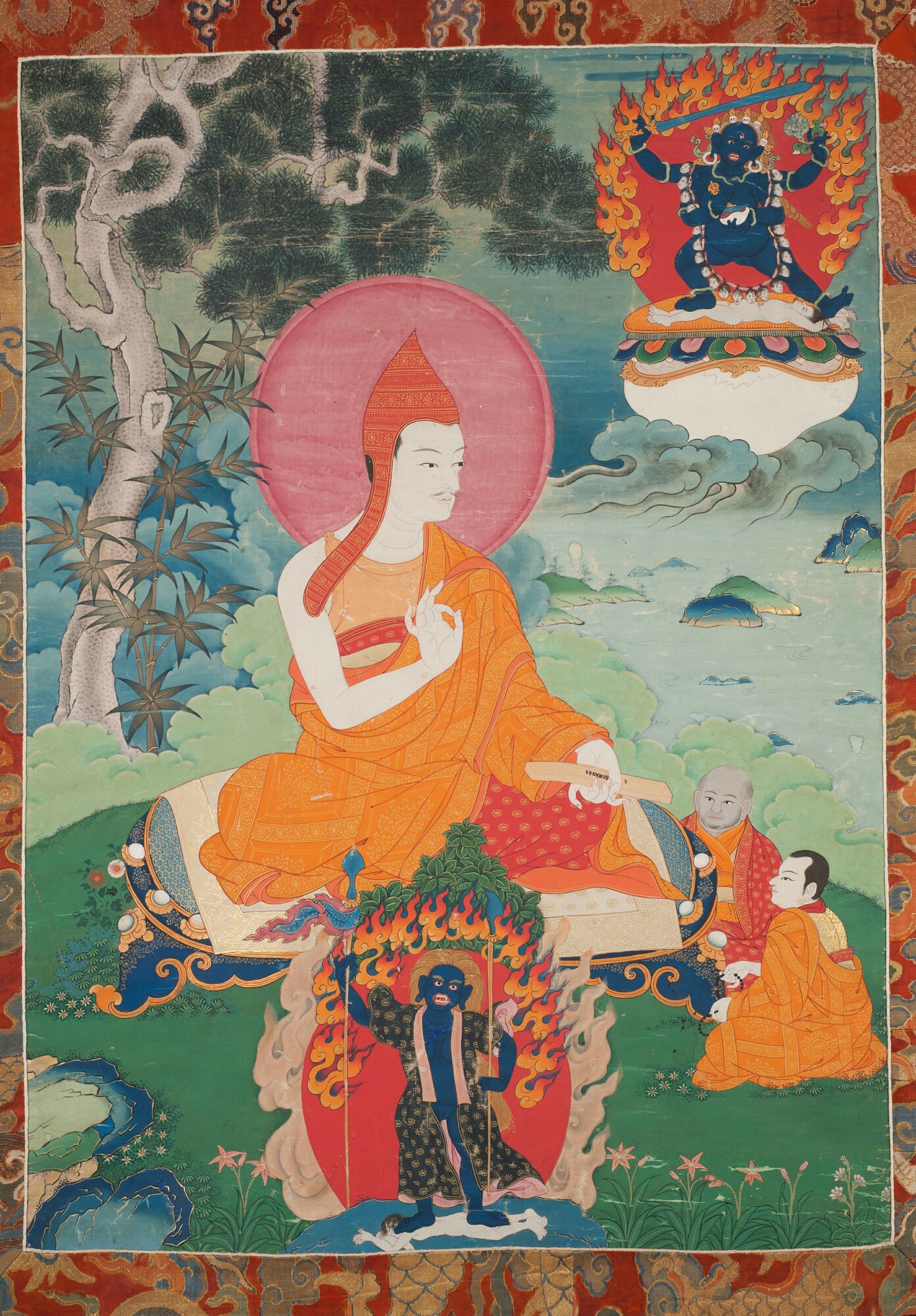
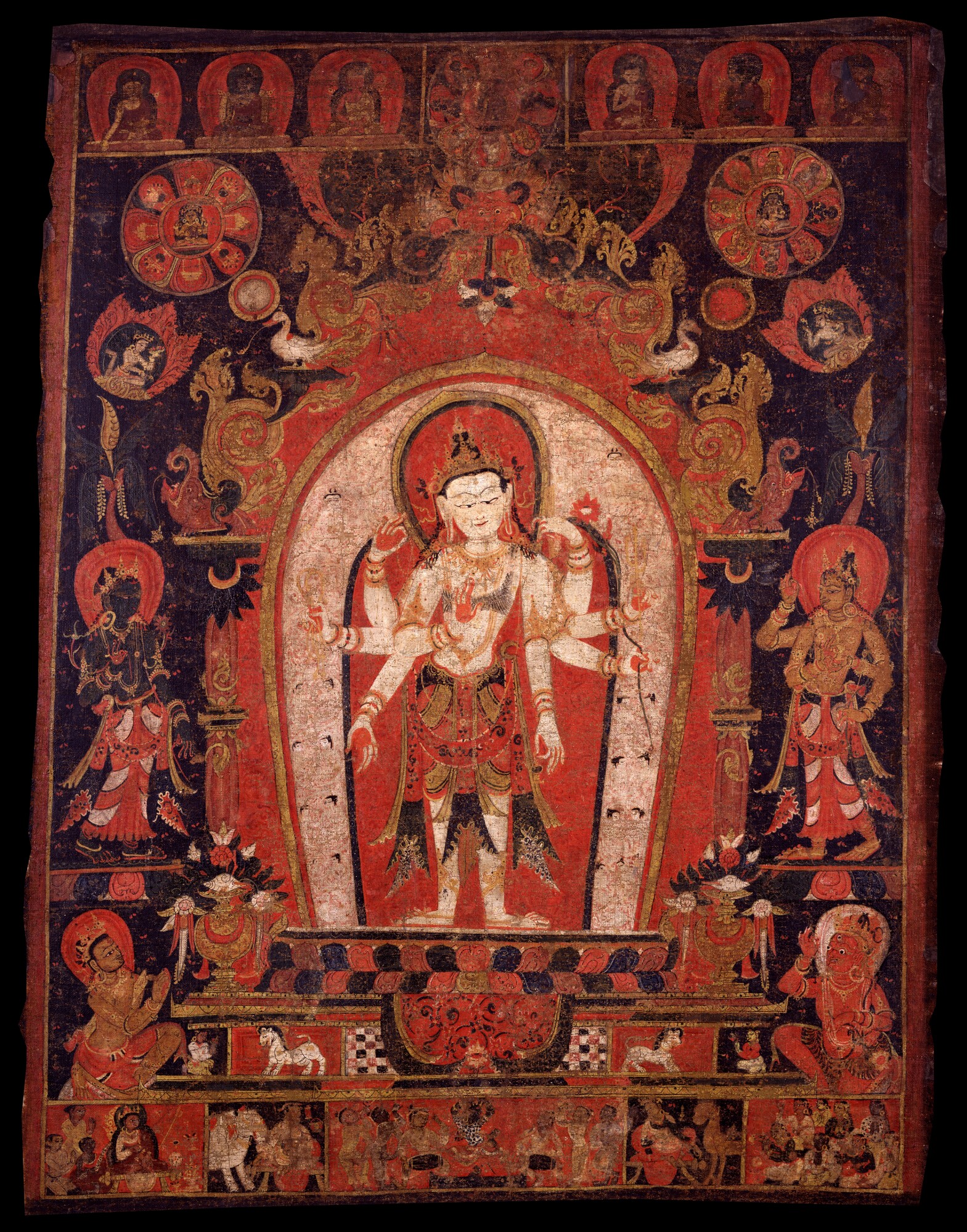
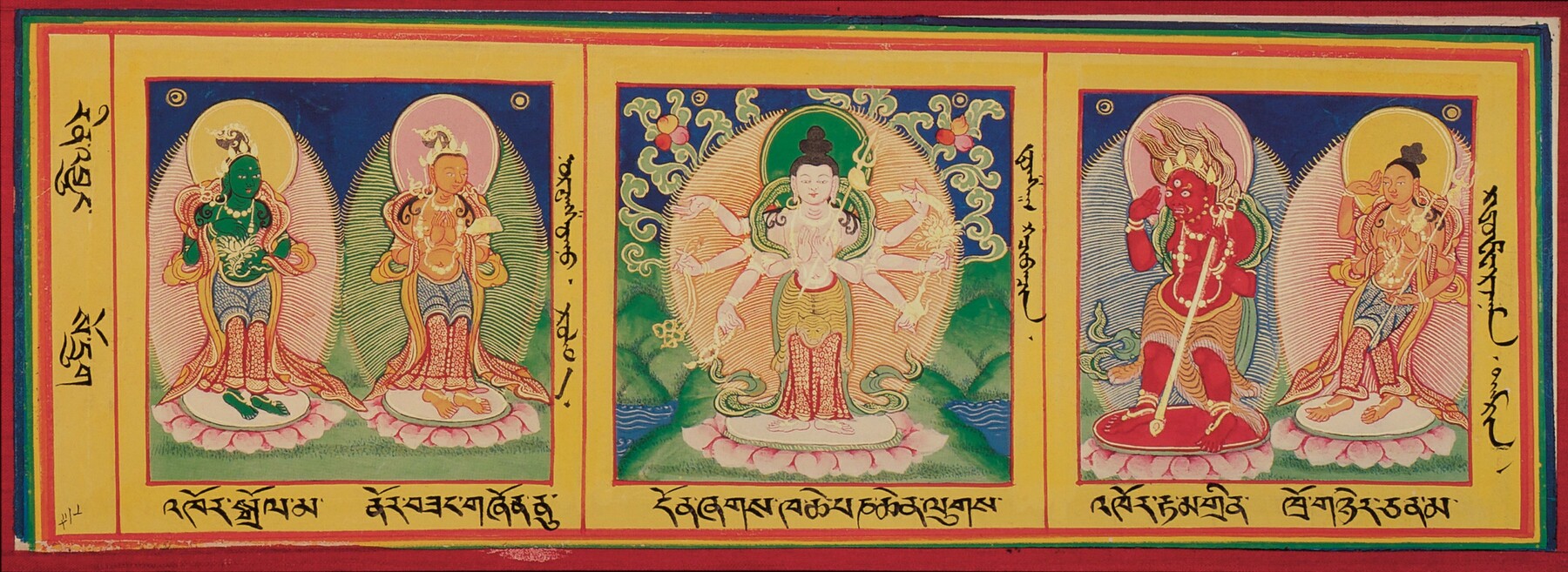
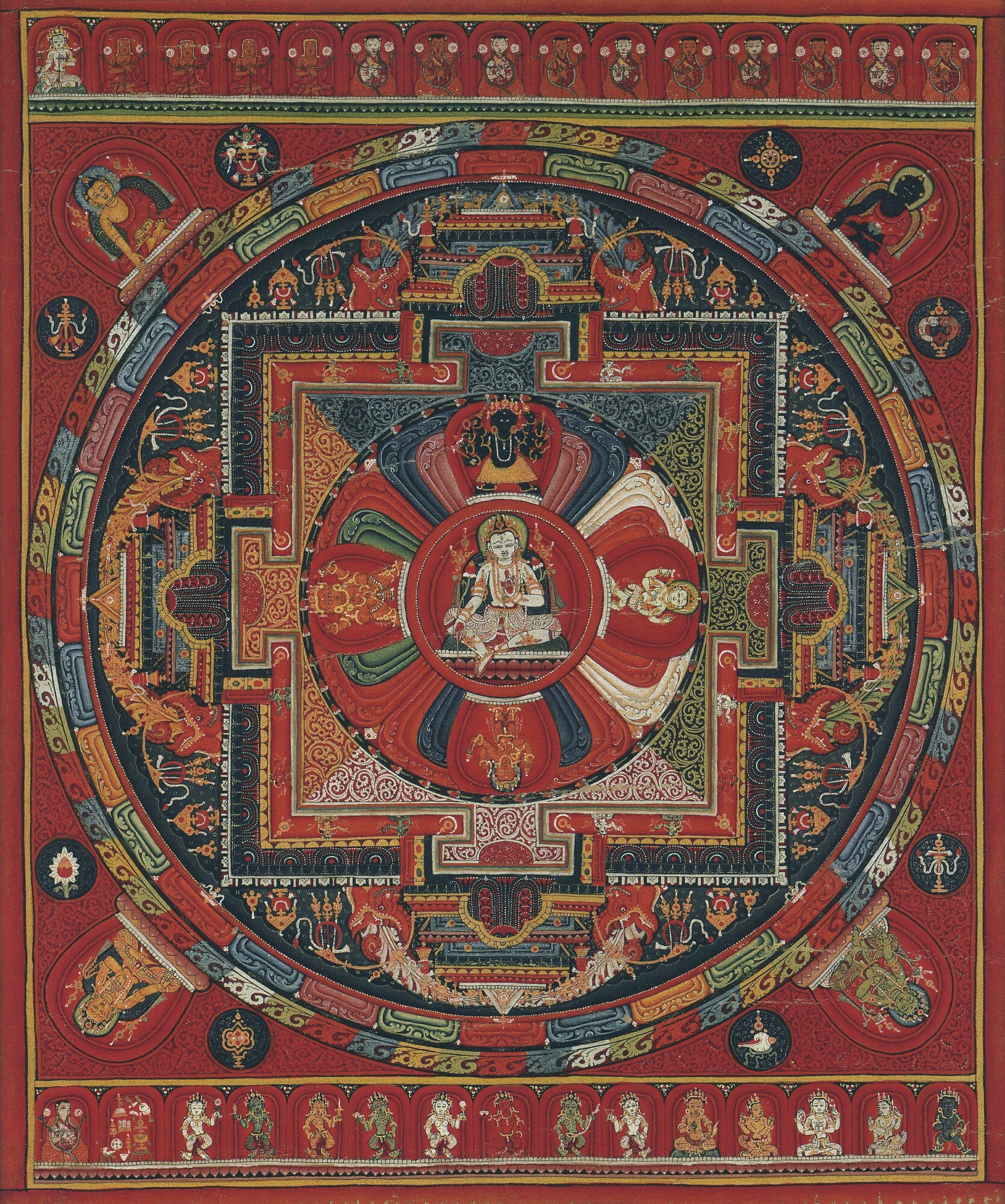

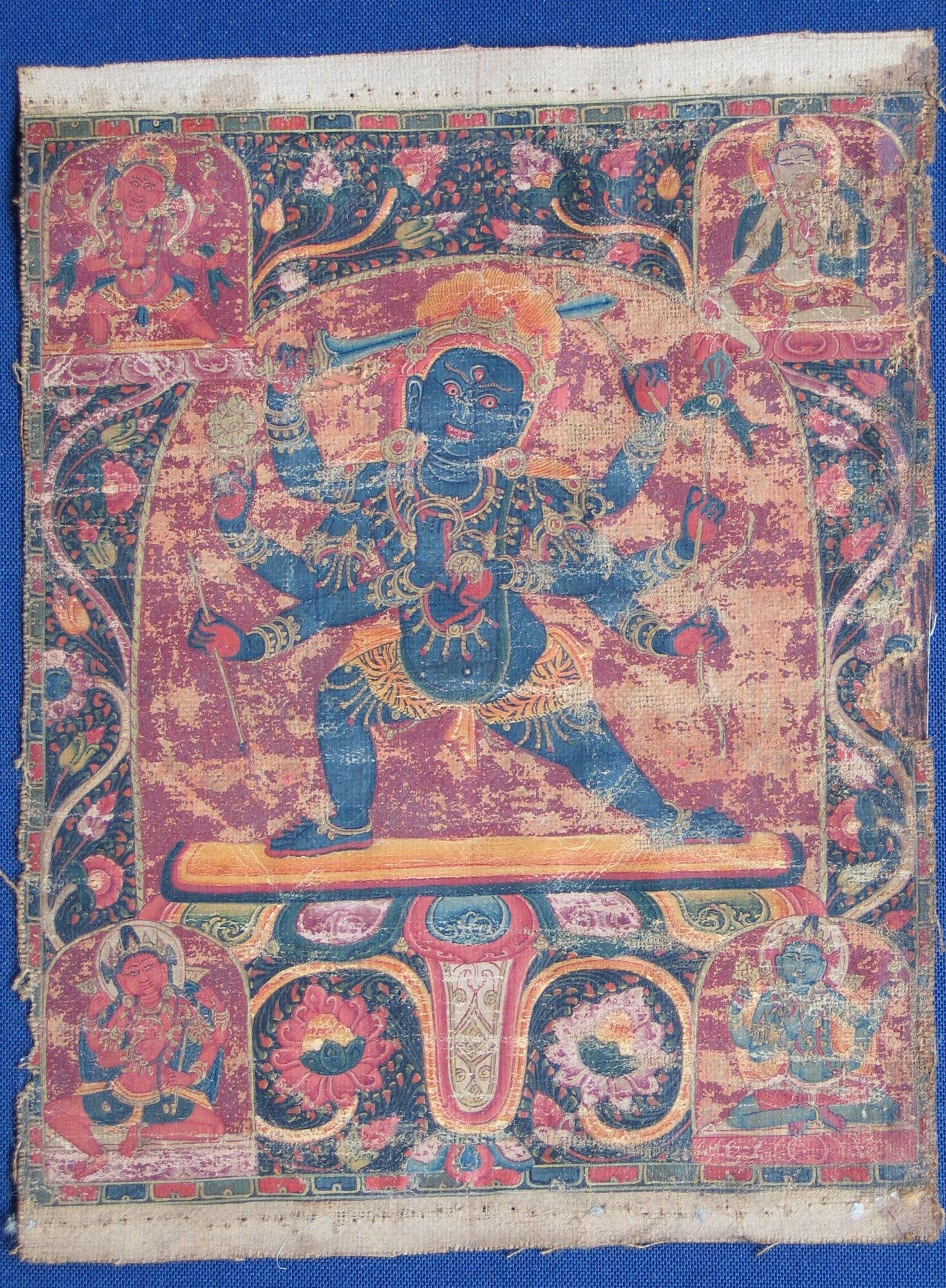
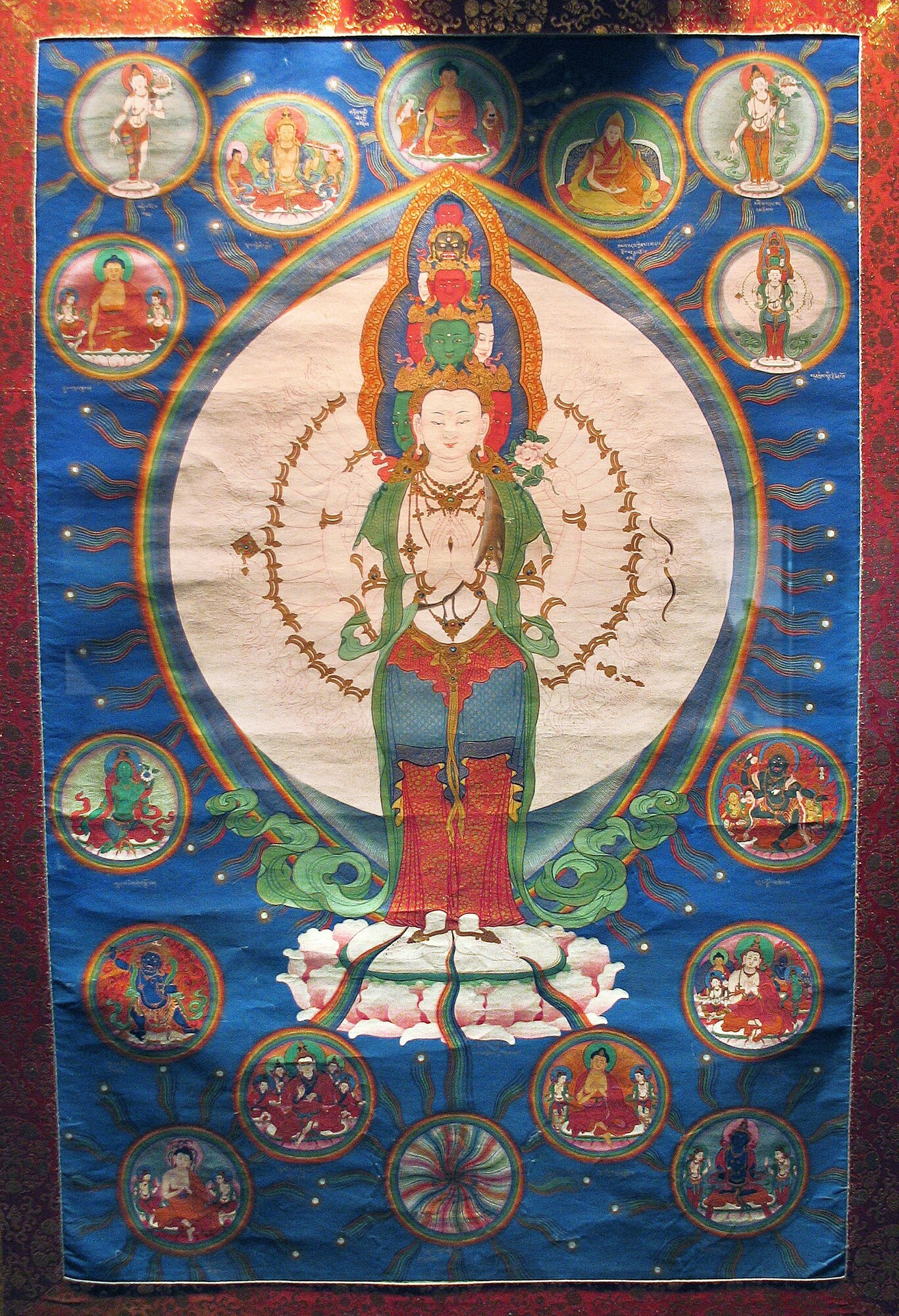

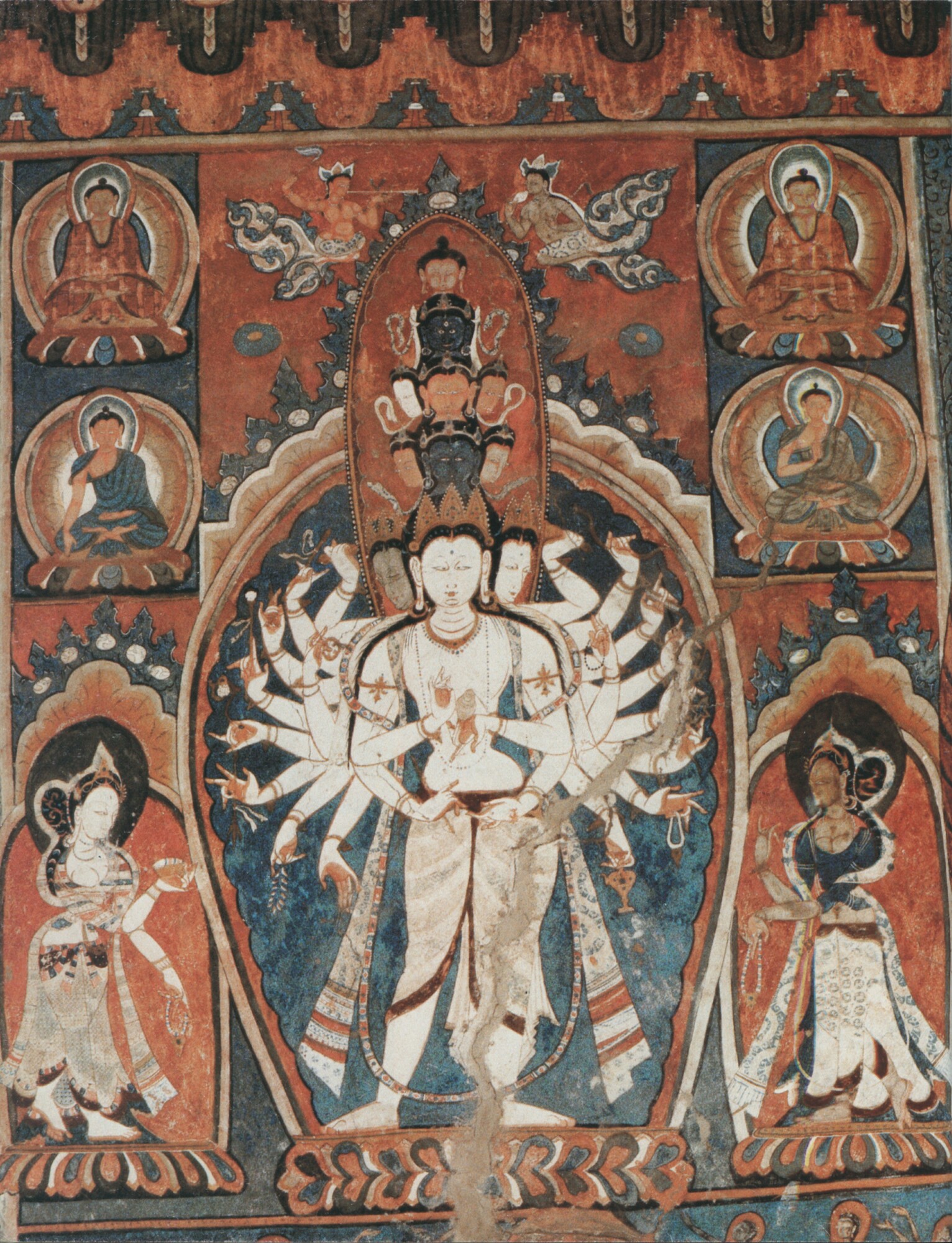
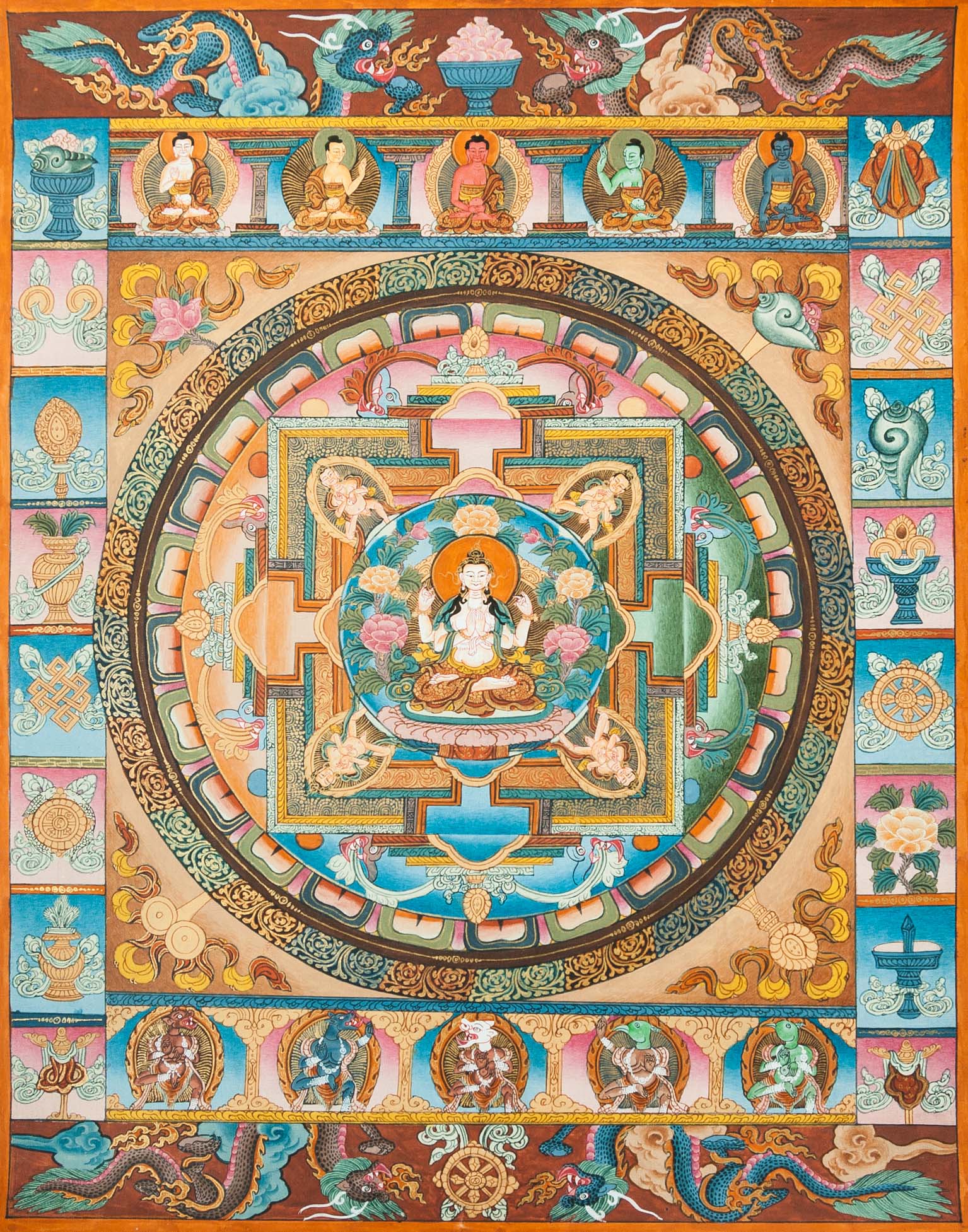
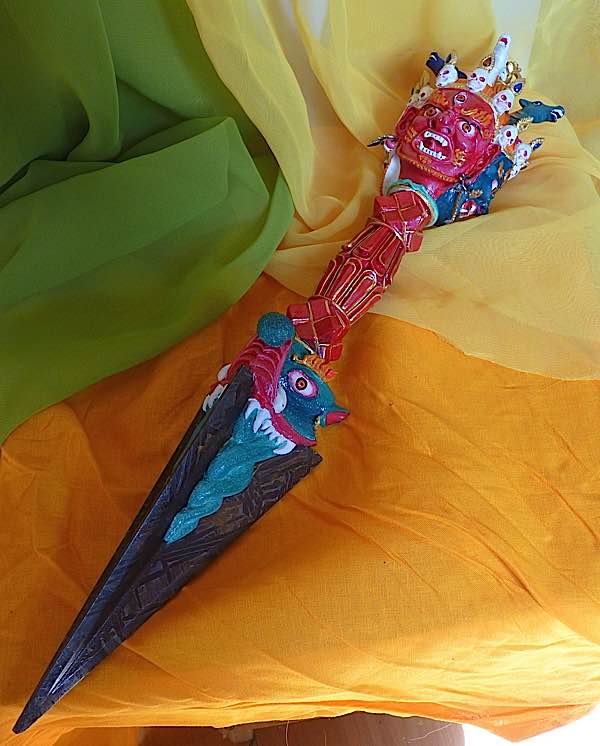

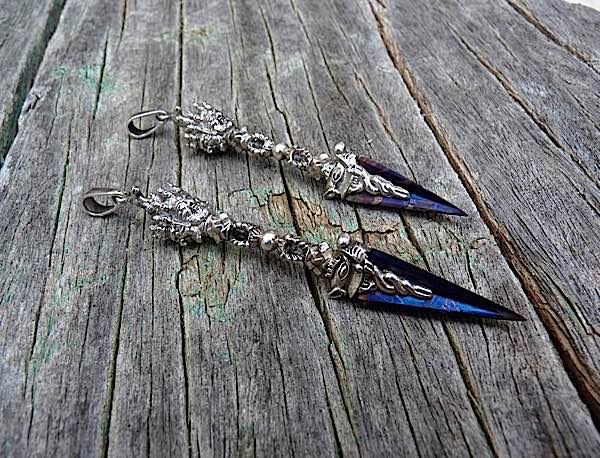


Bookmarks